
EN ISO 20471 - Protective clothing
Standard for high-visibility clothing
Protective clothing for visual signalling of the wearer in all possible light conditions during the day (daytime visibility due to fluorescent background material) as well as when illuminated by headlights in the dark (nighttime visibility due to reflective material).
When the days get shorter and it is dark for a long time, a particularly dangerous time begins for workers in road construction: in order to be seen early enough by the drivers of passing cars, they need Hi-Vis protective clothing that offers optimal visibility. People who work, for example, at railway or port facilities, at airports or in waste and disposal operations also depend on such high-visibility warning protective clothing to be able to carry out their activities safely. The EN ISO 20471 standard specifies the requirements that PPE must meet.

Is clothing in accordance with EN ISO 20471 also available in combination with other standards?
Challenges posed by cold, electricity, fire, heat and other influences
In certain work areas, protective clothing in accordance with EN ISO 20471 alone is not sufficient. This applies in areas where, for example, there is an electrical hazard due to electric arcs. This applies to energy suppliers, industrial plants with medium and high voltage, the maintenance of switchgear or the e-mobility sector. In these areas, protective clothing must also comply with the EN 61482-2 standard.
High-visibility clothing does not protect against flames, heat, beads of sweat or radiant heat. Therefore, fire and heat protection in accordance with EN ISO 11612 or welding protection in accordance with EN ISO 11611 are required for welding work or, for example, in steel and foundry operations.
High-visibility fabric is also not resistant to chemicals or liquids. For this reason, the standard EN 13034: Protection against liquid chemicals (type 6) is often prescribed in the chemical industry, paint shops or in the handling of hazardous goods.
For outdoor applications, cold protection in accordance with EN 14058 and wind and weather protection in accordance with EN 343 are often required. Another area of work is potentially explosive atmospheres (ATEX), e.g. in chemical plants or tank farms. EN 1149-5 is often used here.
Multi-standard clothing: One garment - many standards
The good news is that all these requirements can be met with multi-standard protective clothing. This means that personnel working in these areas do not have to constantly switch between different protective clothing, but can work in their multi-standard clothing at all times. With its Multi-Protect Plus collection, BP® offers particularly lightweight and comfortable multi-standard protective clothing.
Types of reflective tape
Important regulations:
- Reflective strips for clothing must be at least 50 mm wide and may not be inclined by more than +/- 20° to the horizontal.
- The distance between two reflective strips must be ≥ 50 mm and always ≥ 50 mm from the hem (sleeve, trouser leg).
- Gaps in the reflective material ≤ 50 mm and sum of all gaps/stripes ≤ 100 mm.
- High visibility clothing with long sleeves must always have two reflective strips. If a product with short sleeves covers a reflective strip around the torso, the sleeve must also have a reflective strip.
- High-visibility trousers, regardless of length (including high-visibility shorts), must always have two reflective strips on the clothing.
BP® uses several different types of reflective tape, which are explained below:
- Glass sphere technology: Thousands of small glass spheres are applied to a textile carrier material and reflect incident light back to the source. Due to the glass ball technology, the strips are relatively light and thin. Nevertheless, they offer excellent reflection values. Segmented reflective strips, which are also based on glass sphere technology, are particularly suitable for stretchable textiles such as shirts.
- Microprism technology: Thousands of small microprisms are applied to PVC and reflect incident light back to the source. These microprisms are particularly resistant to dirt and abrasion because they are protected by another plastic layer. The reflective values in wet and poor weather conditions are particularly good.
- Segmented reflective strips: Segmented reflective strips manufactured on the basis of glass ball technology are glued directly to the fabric. They are therefore very light and are particularly suitable for use on stretchy materials.
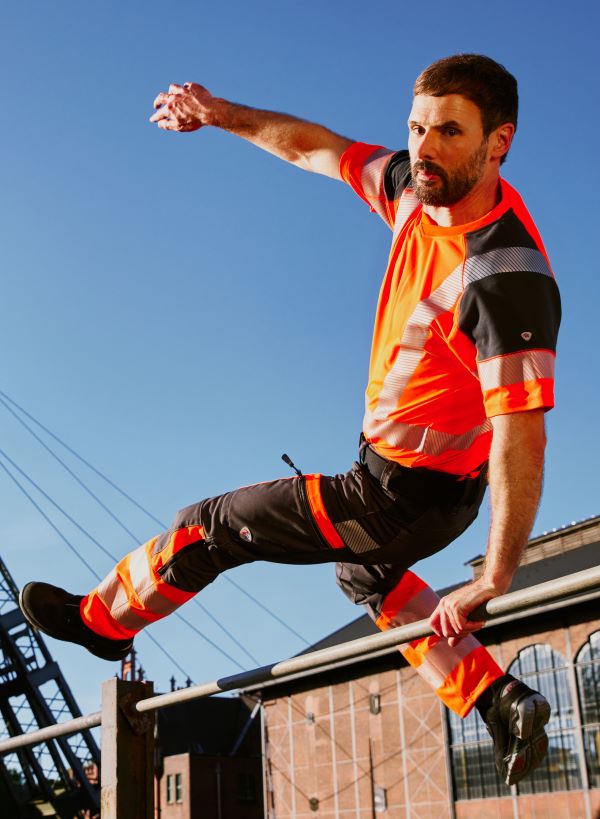
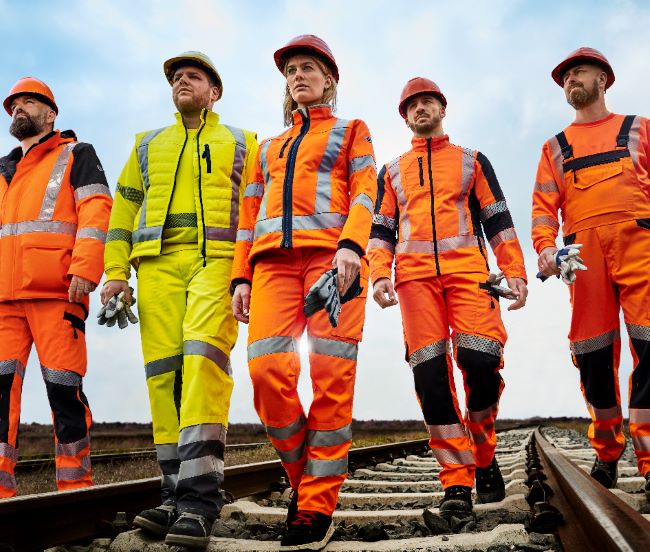

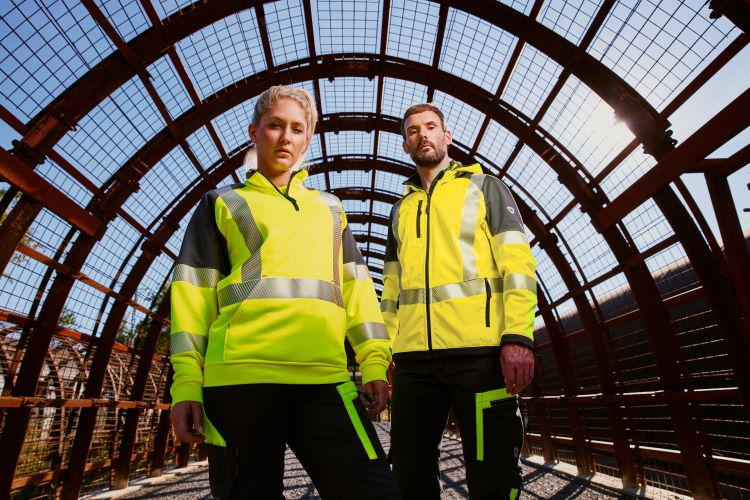
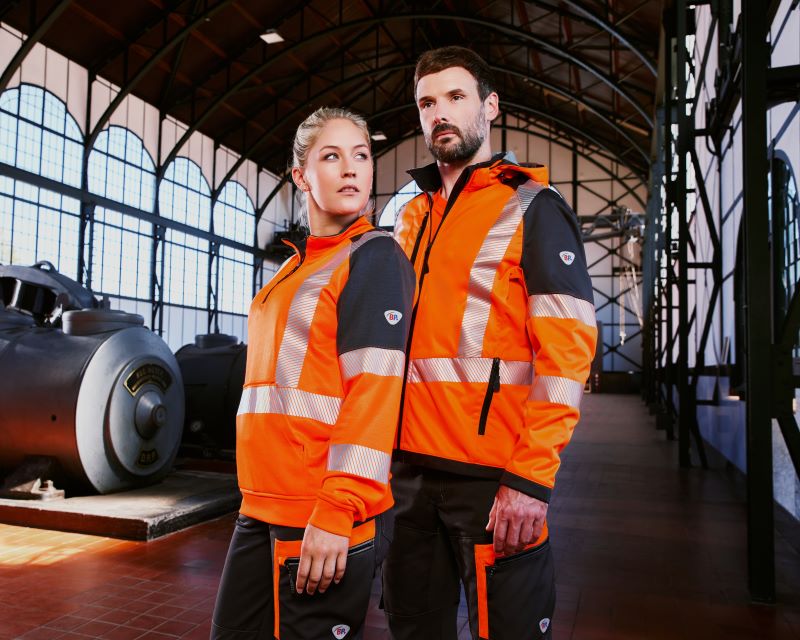






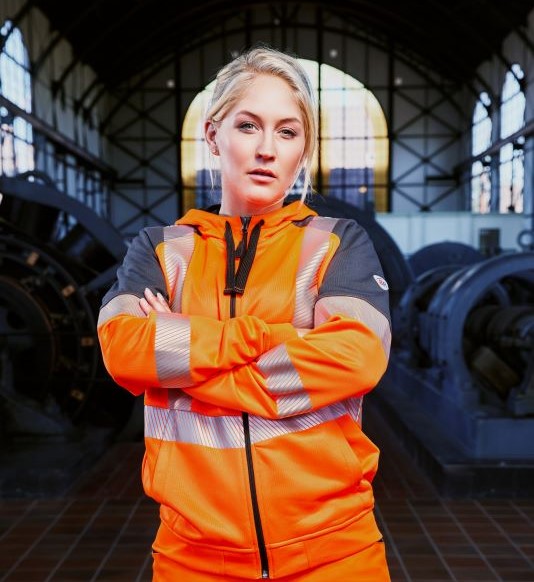
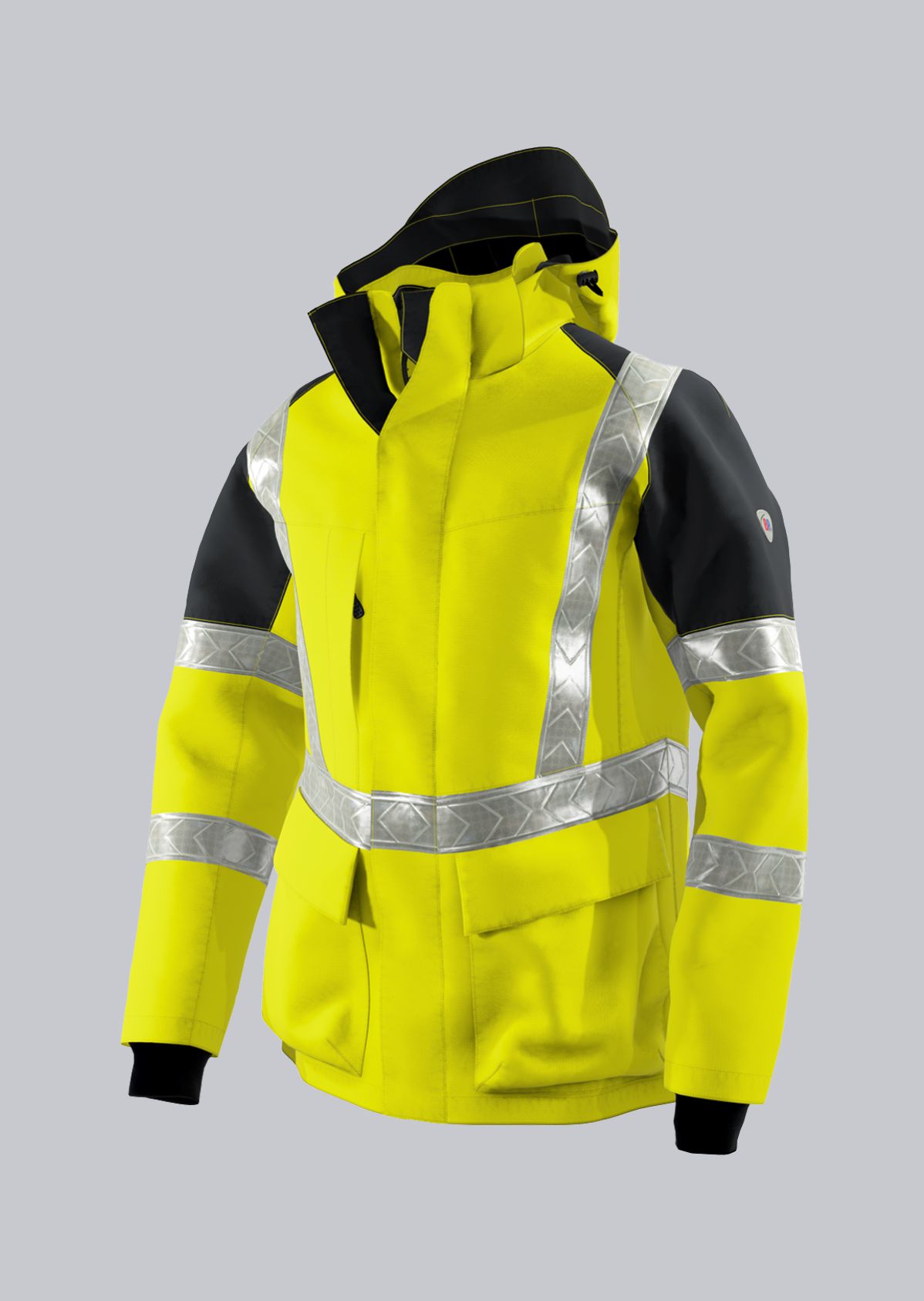
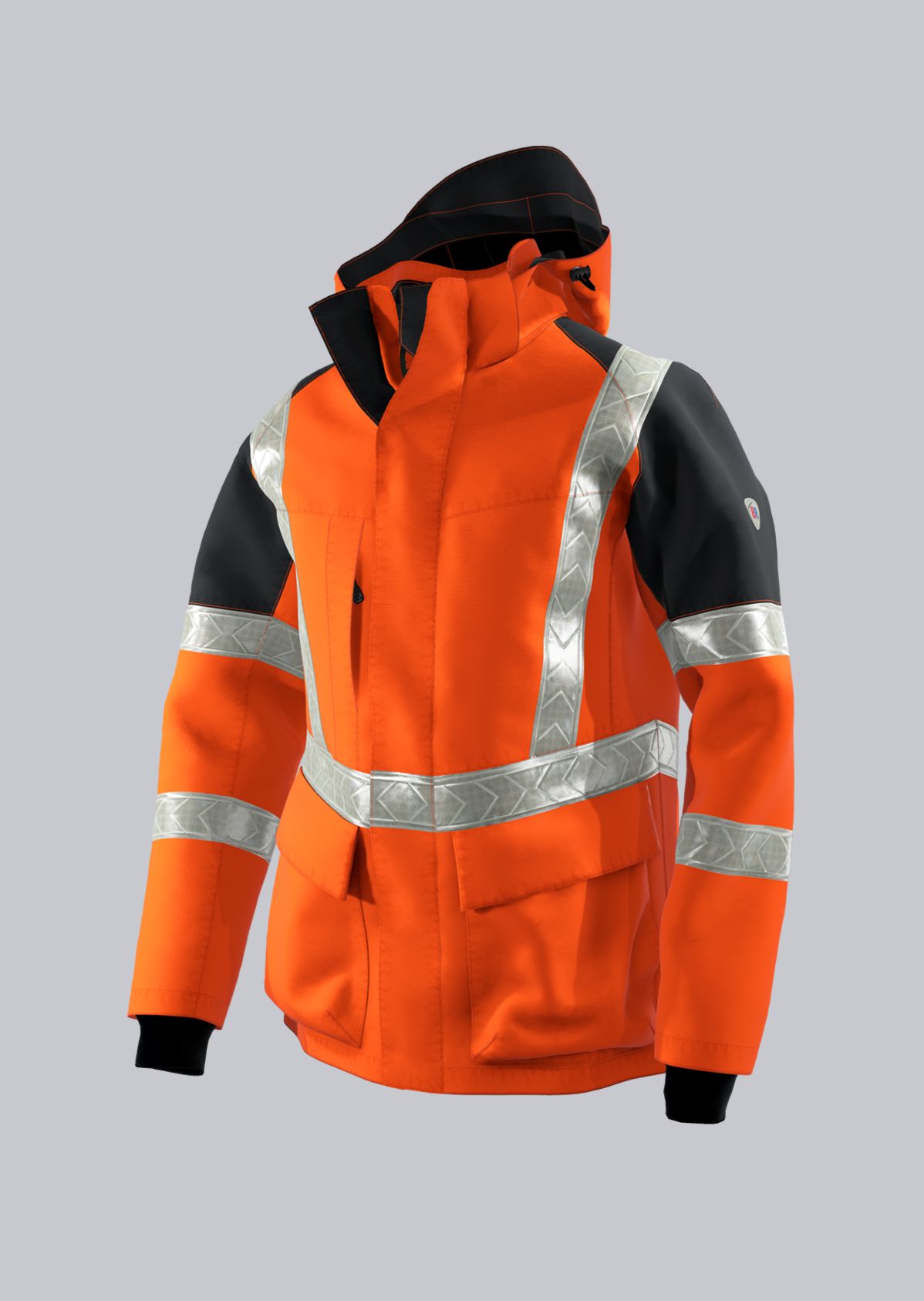
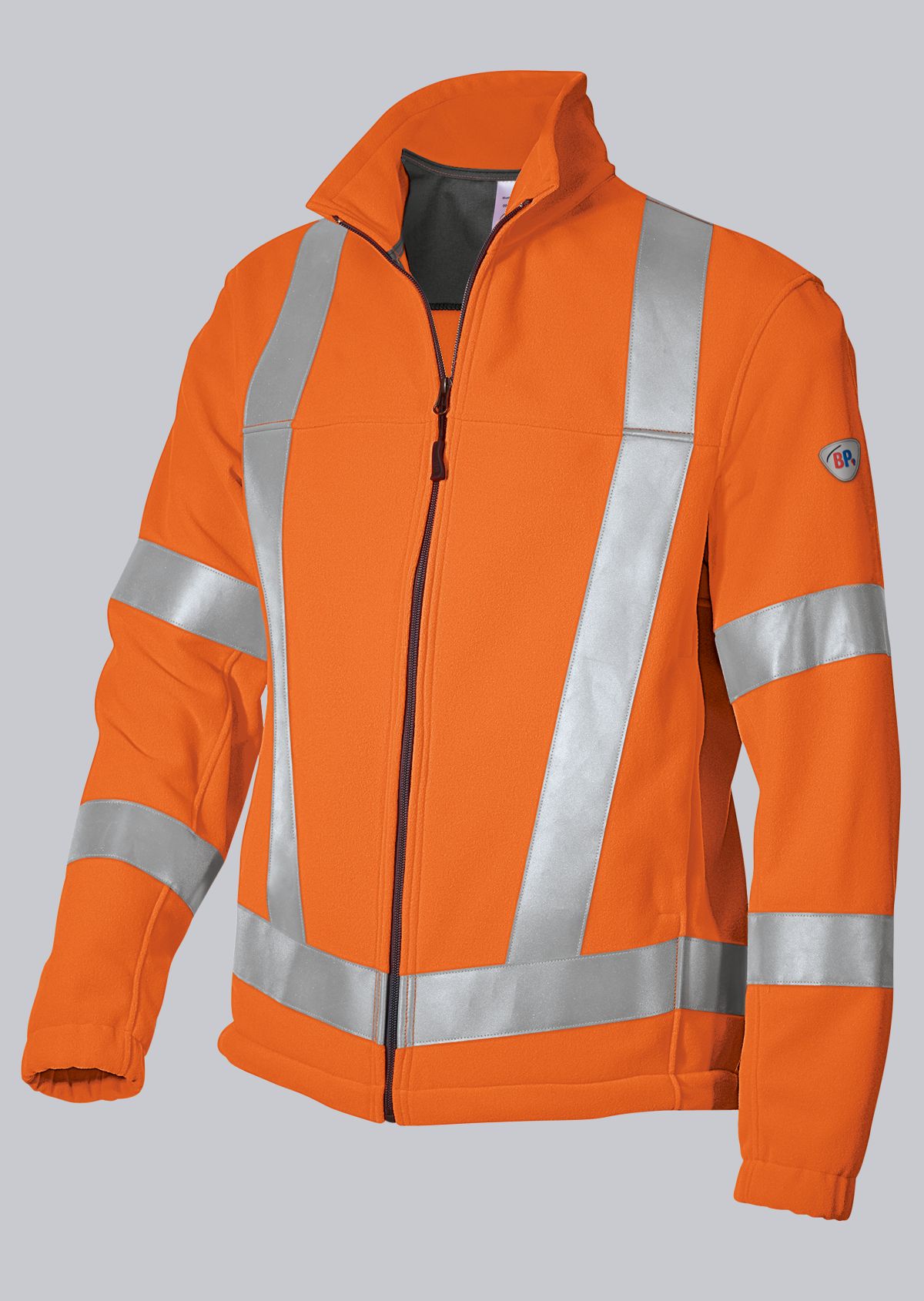
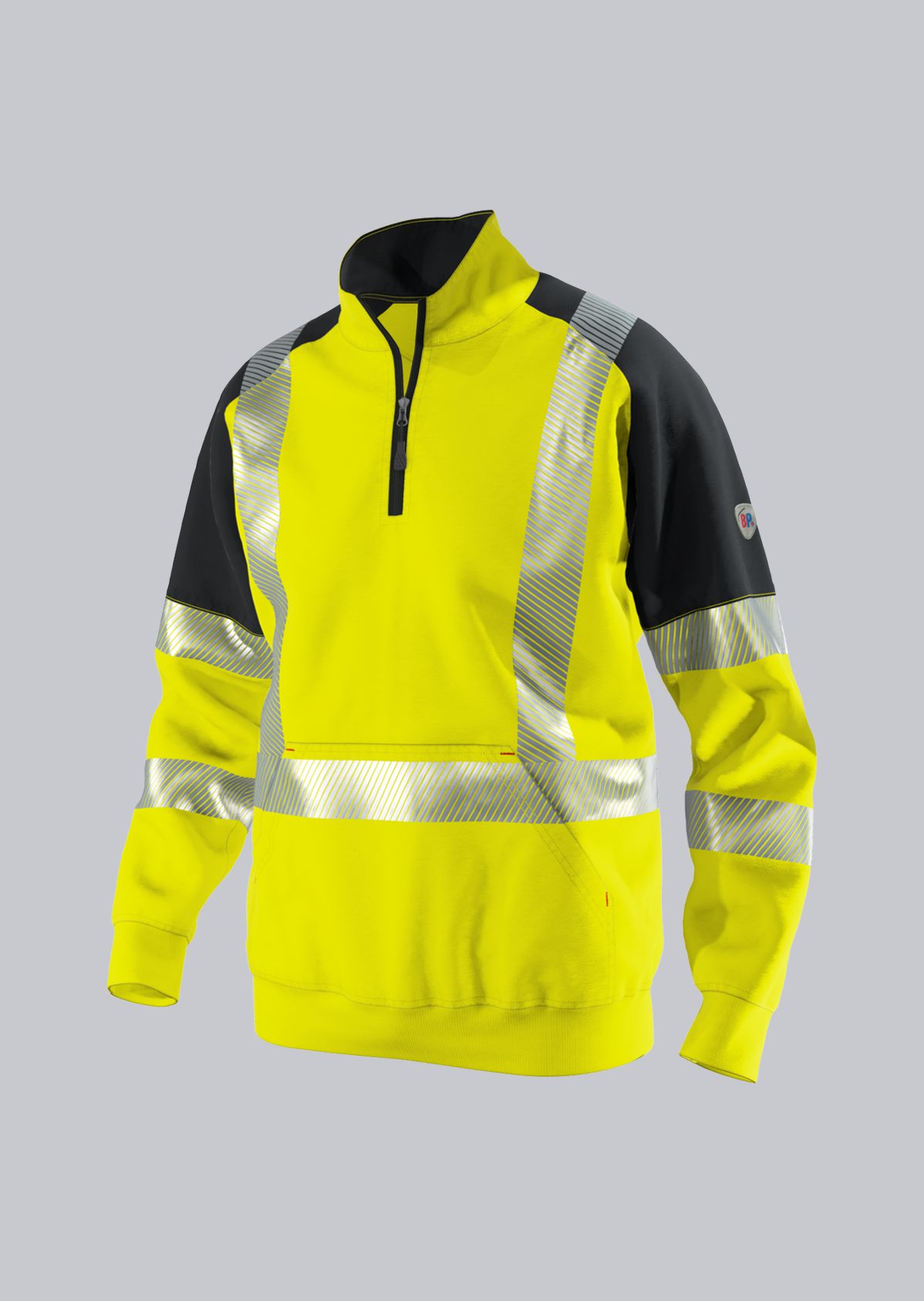
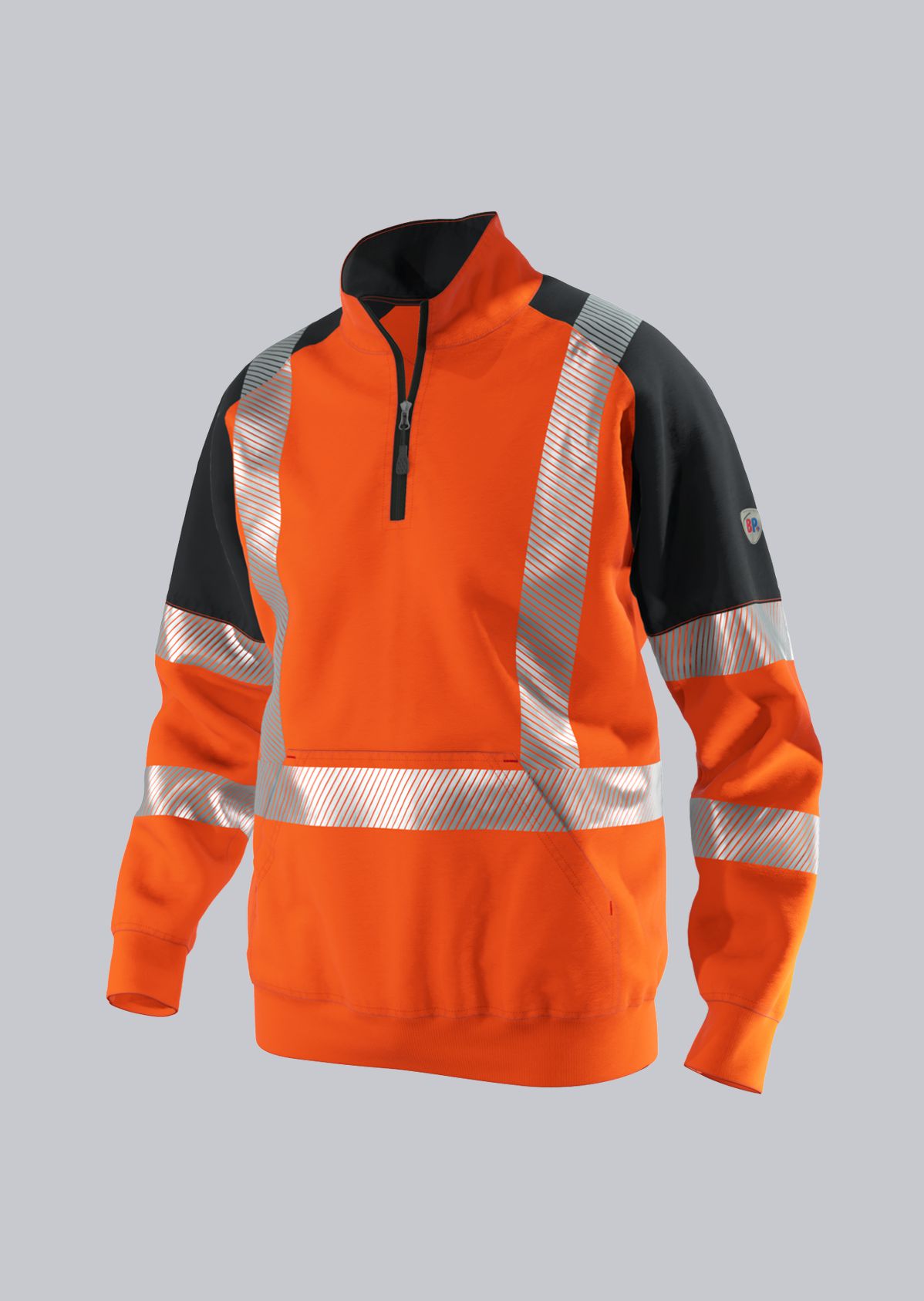
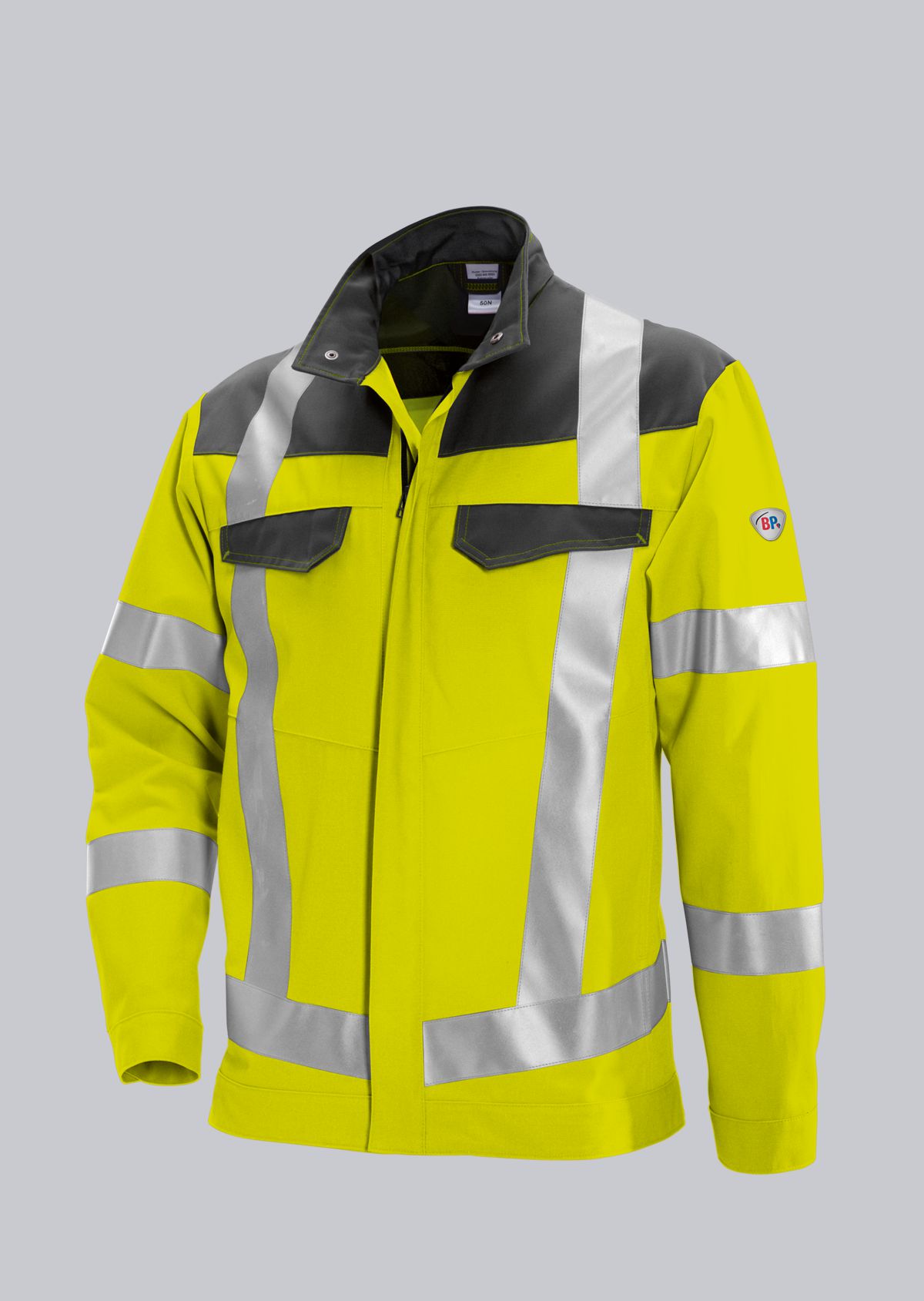
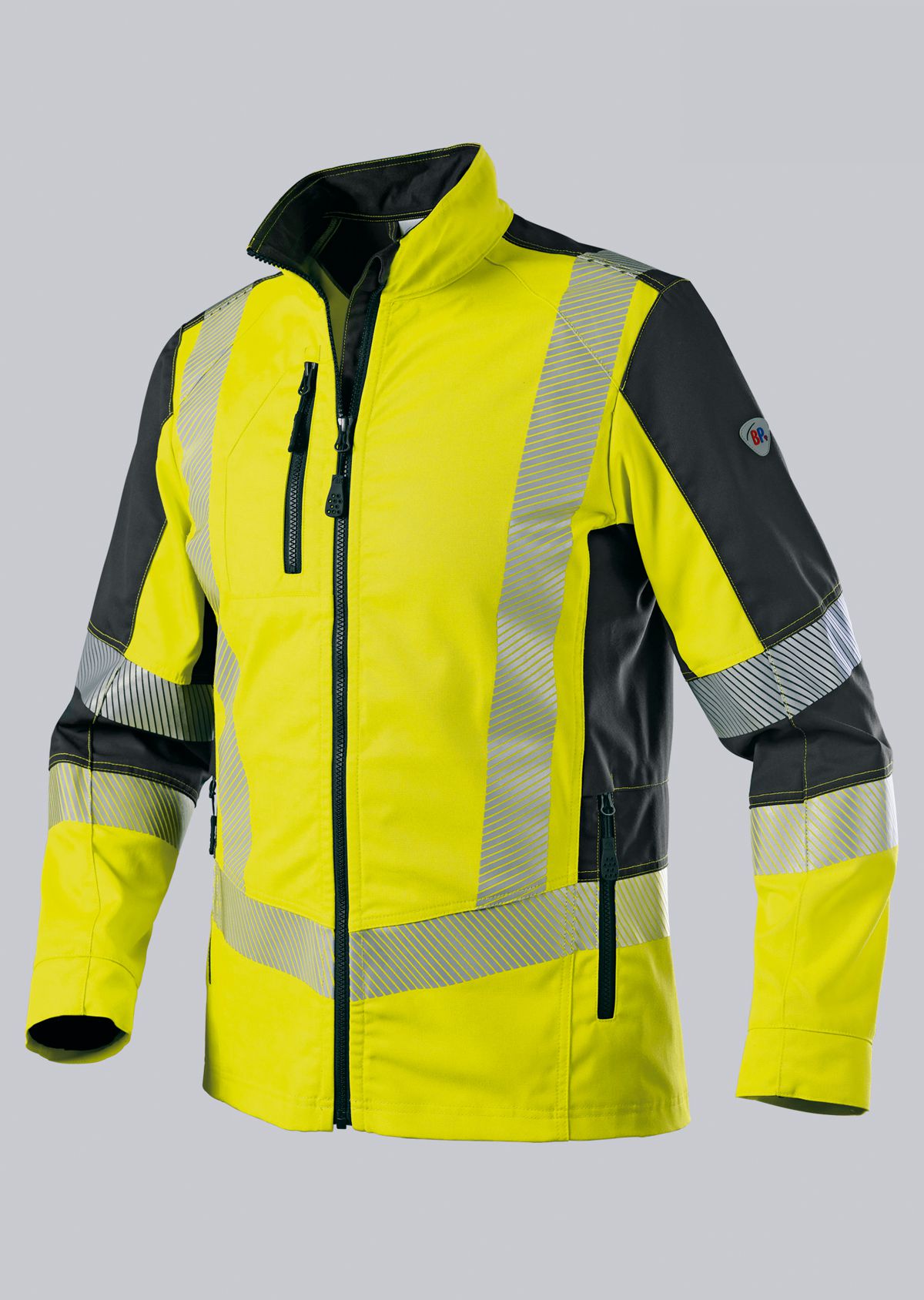
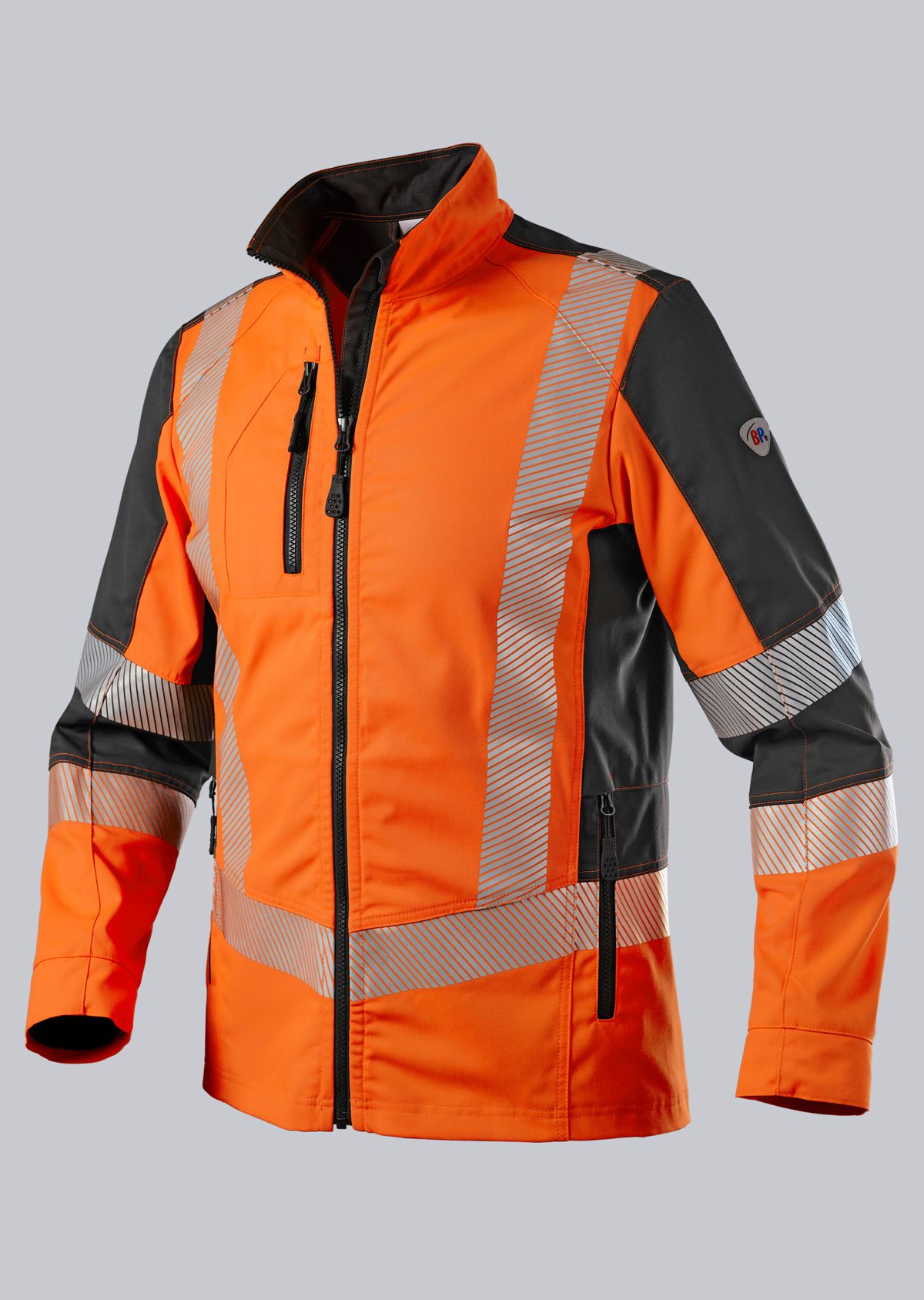
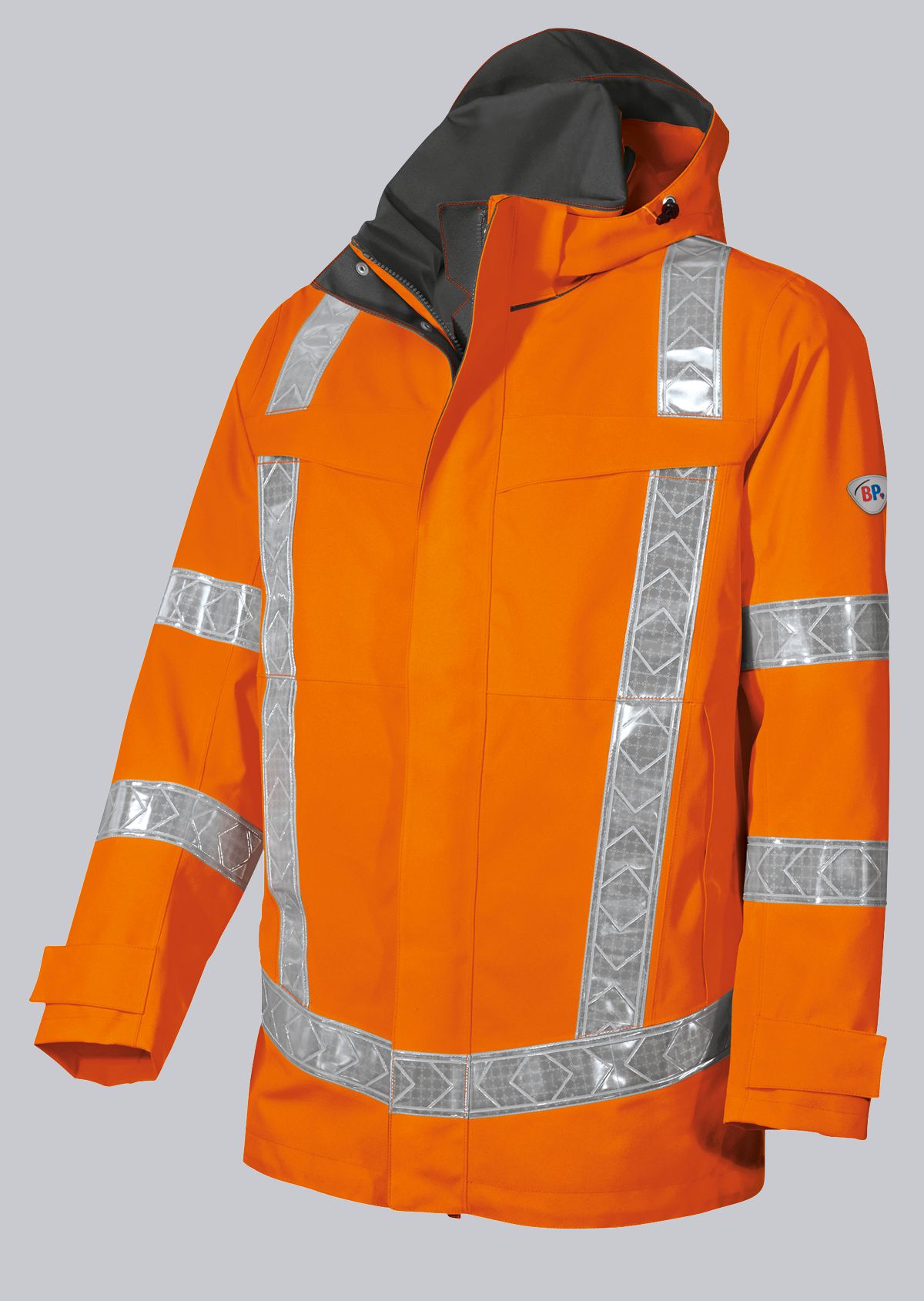
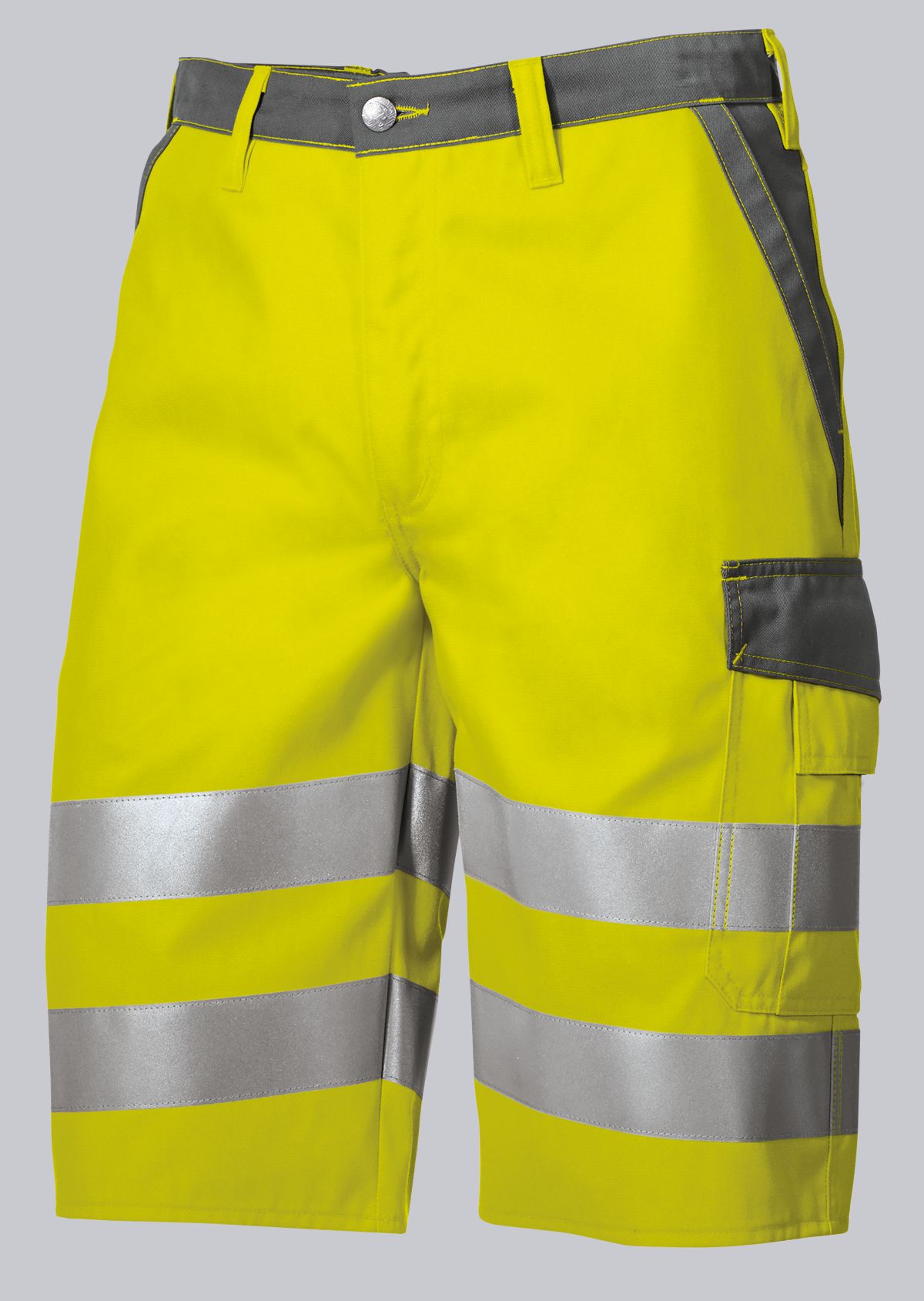
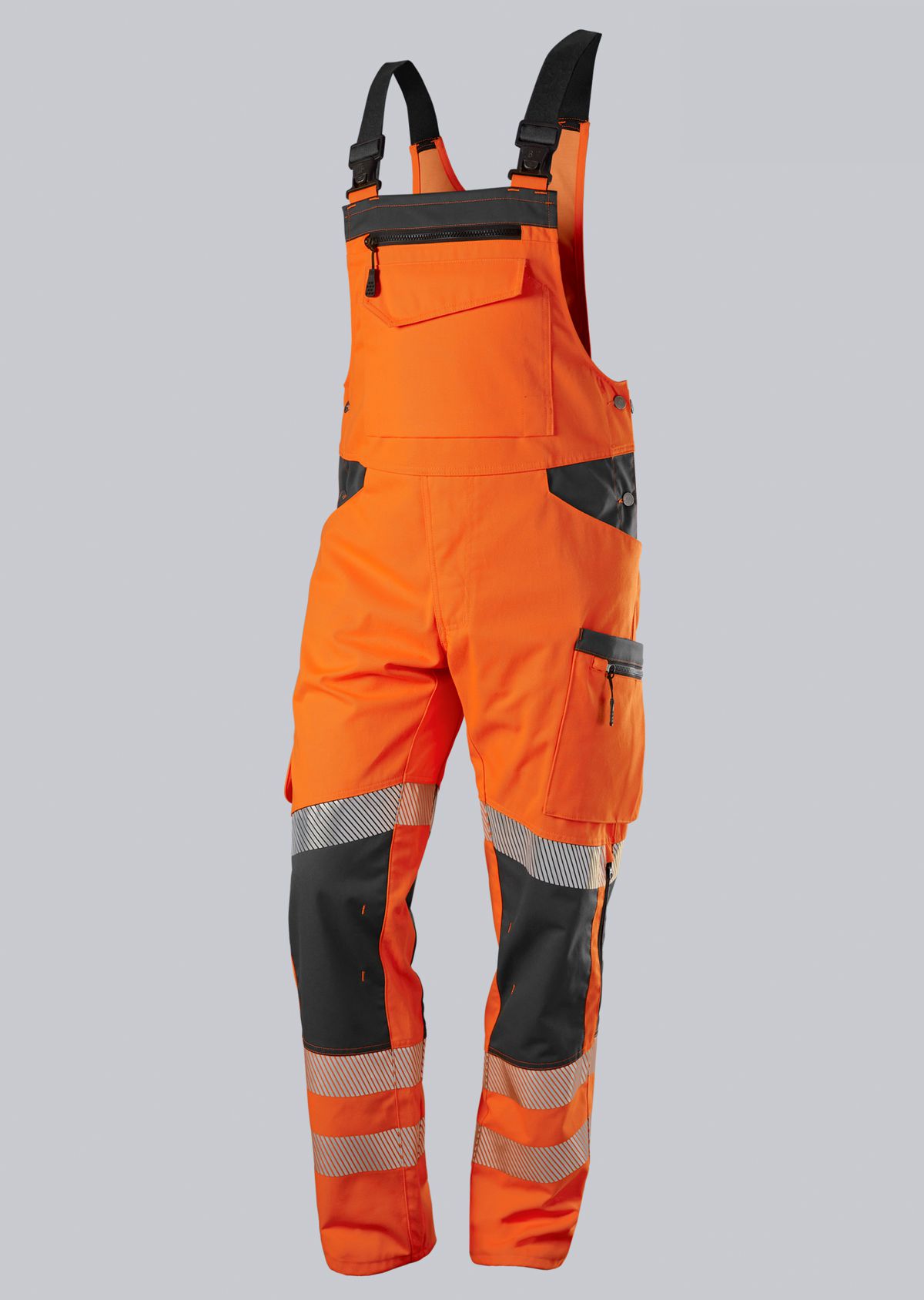
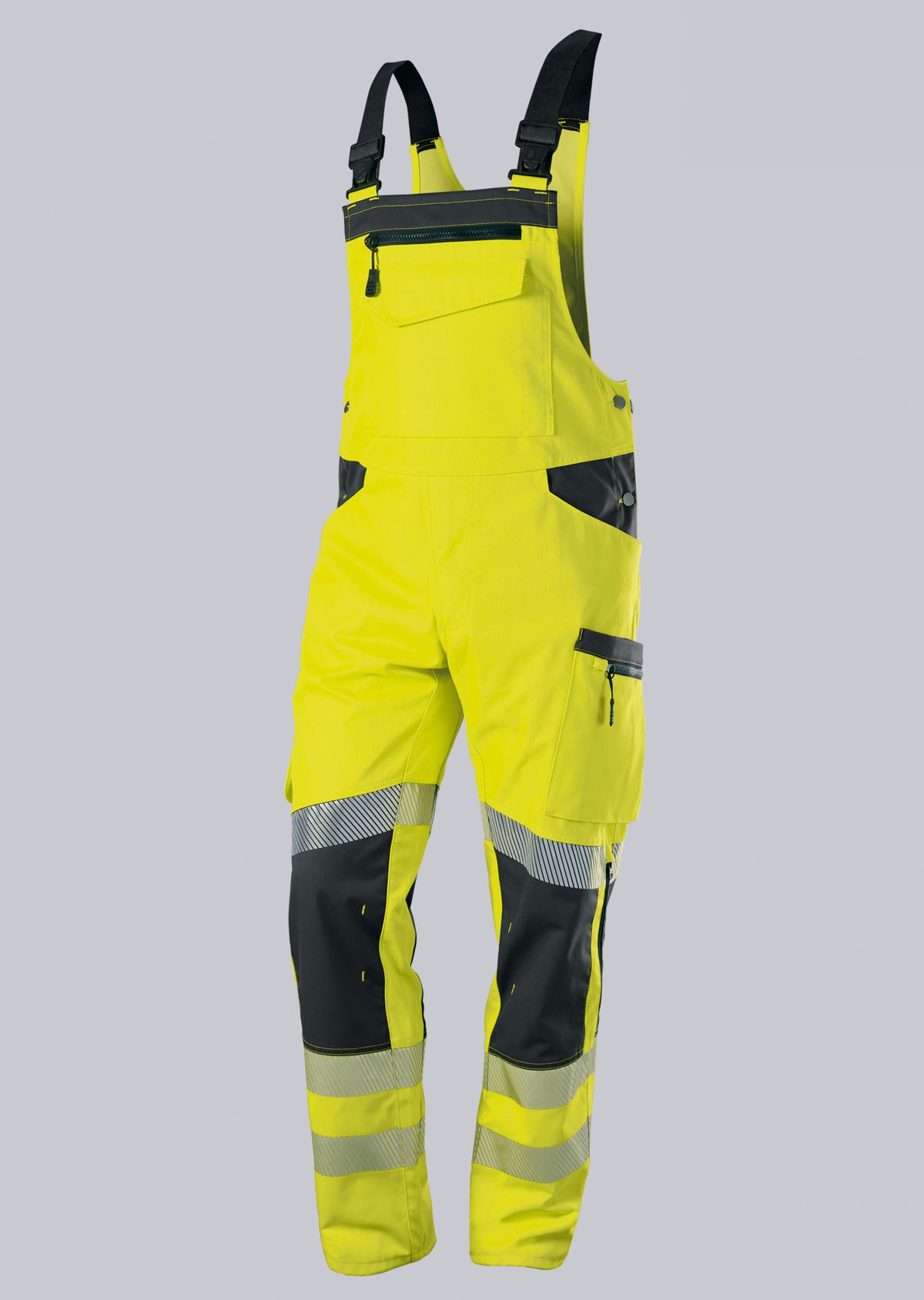
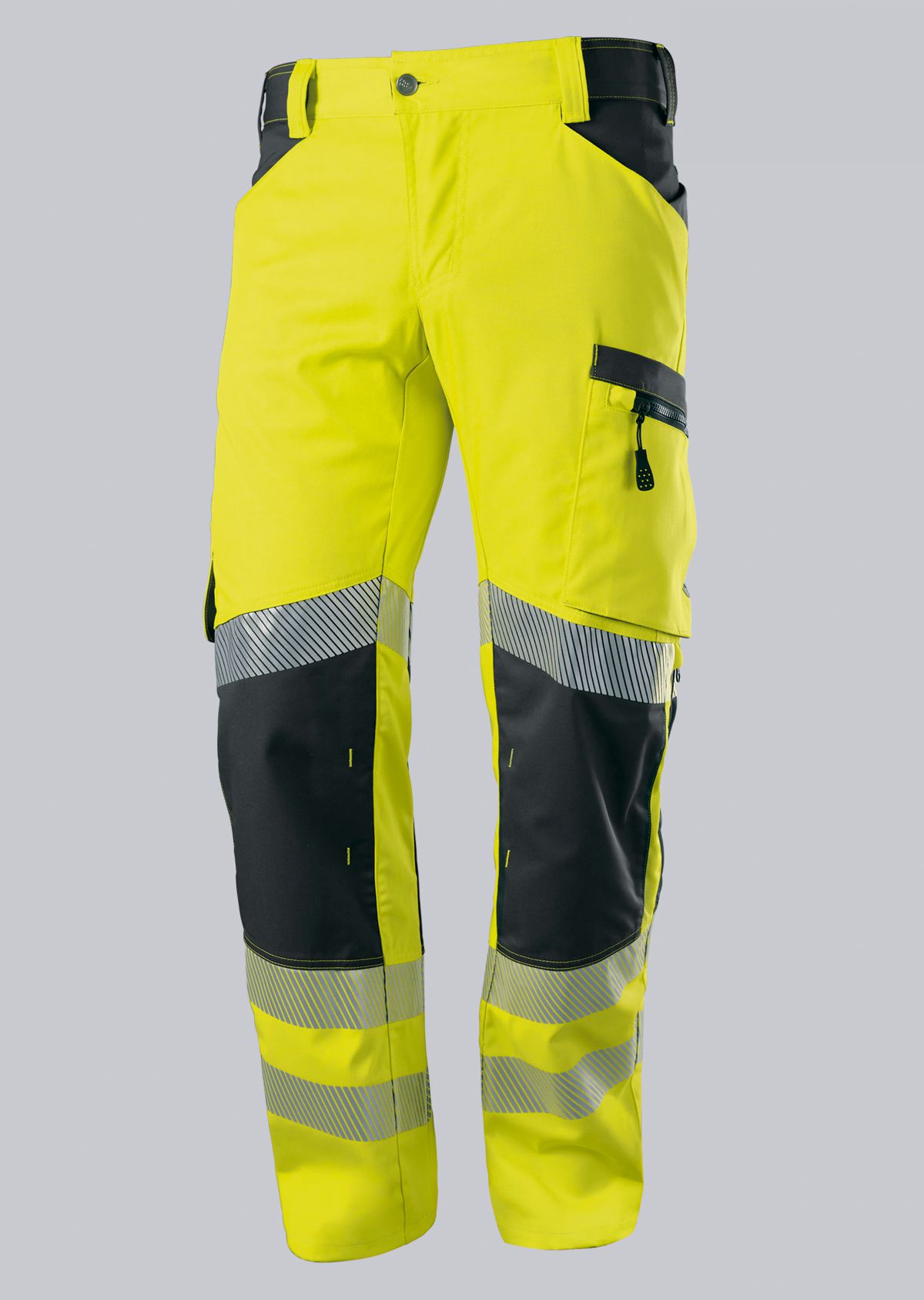
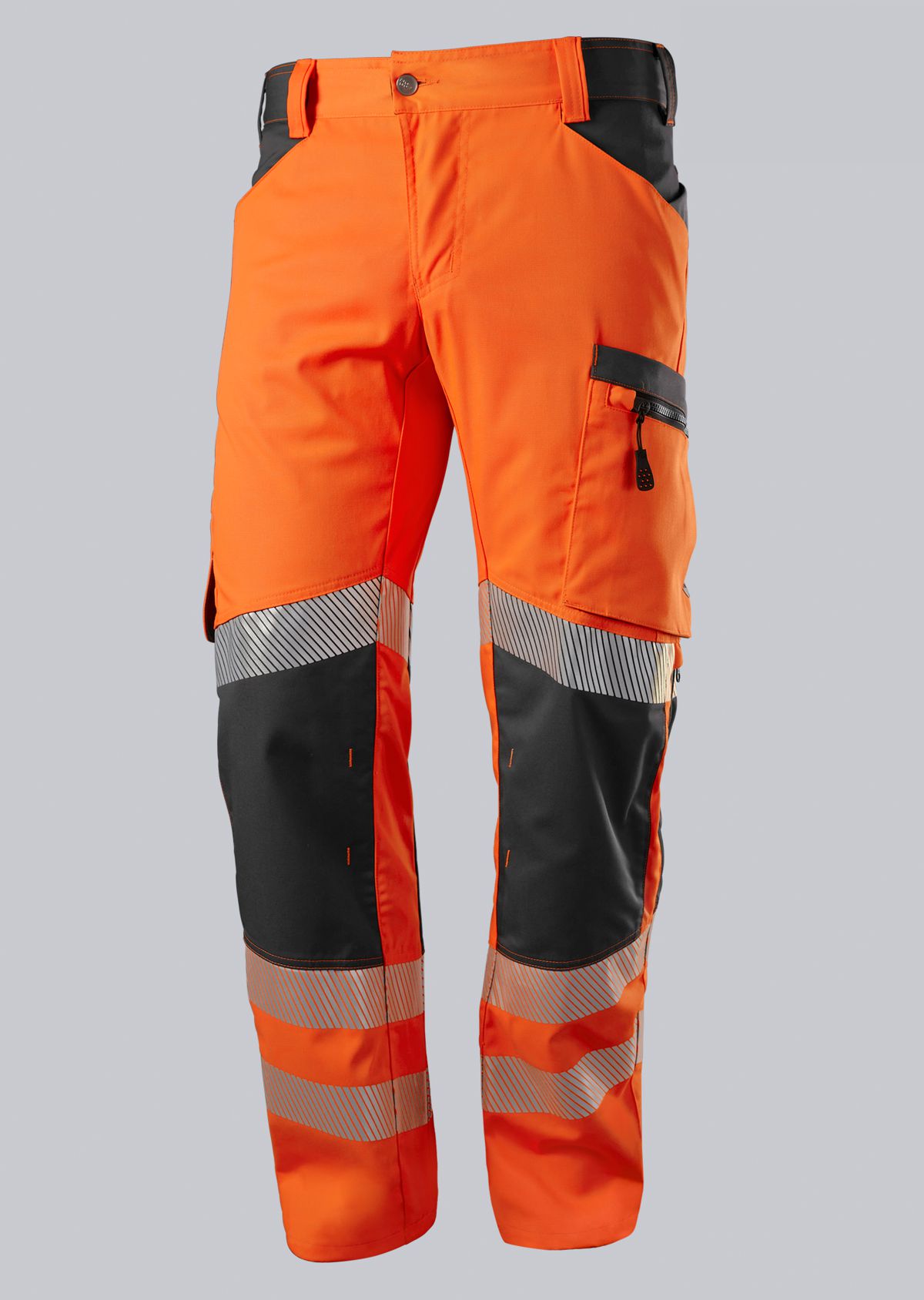
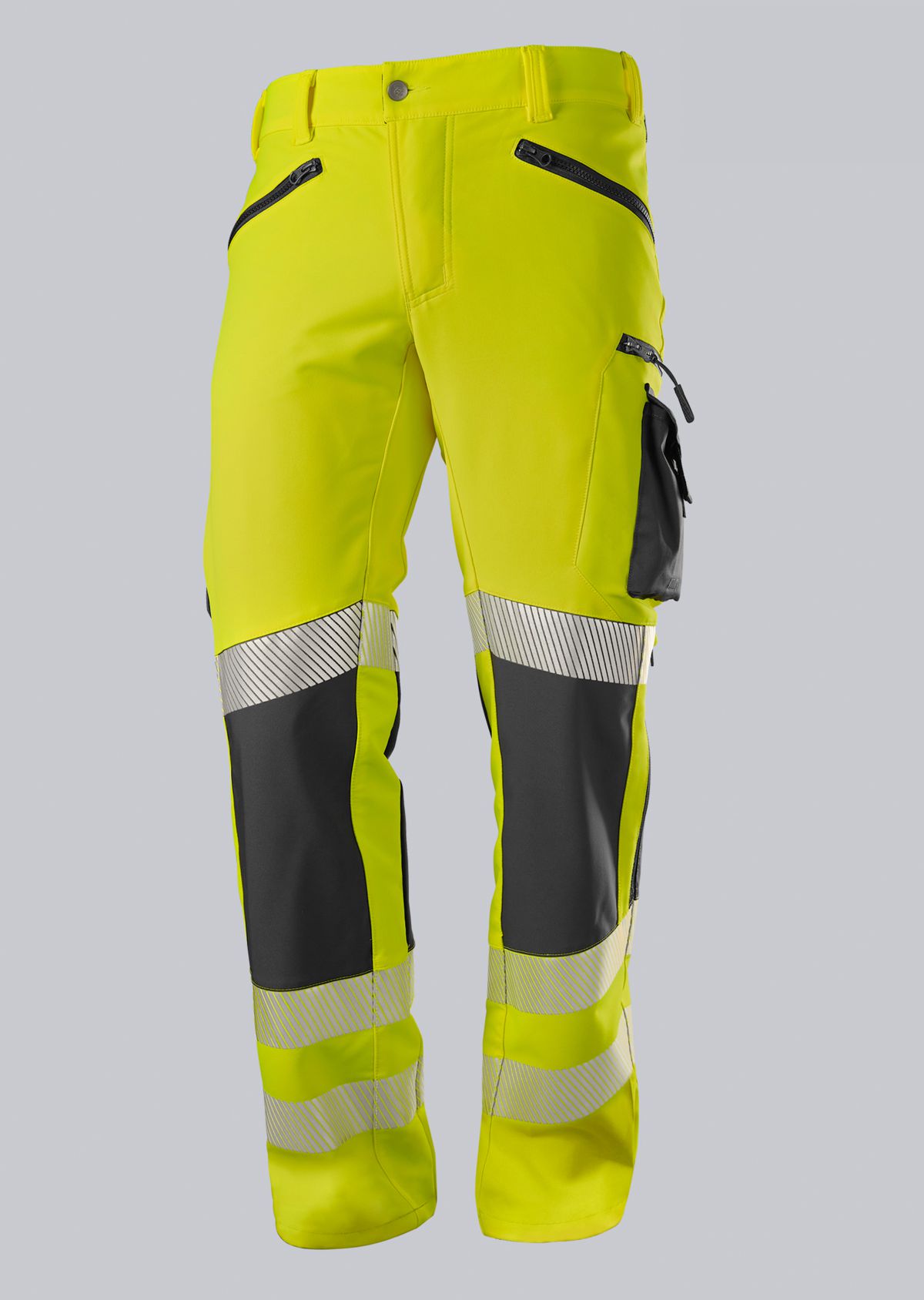
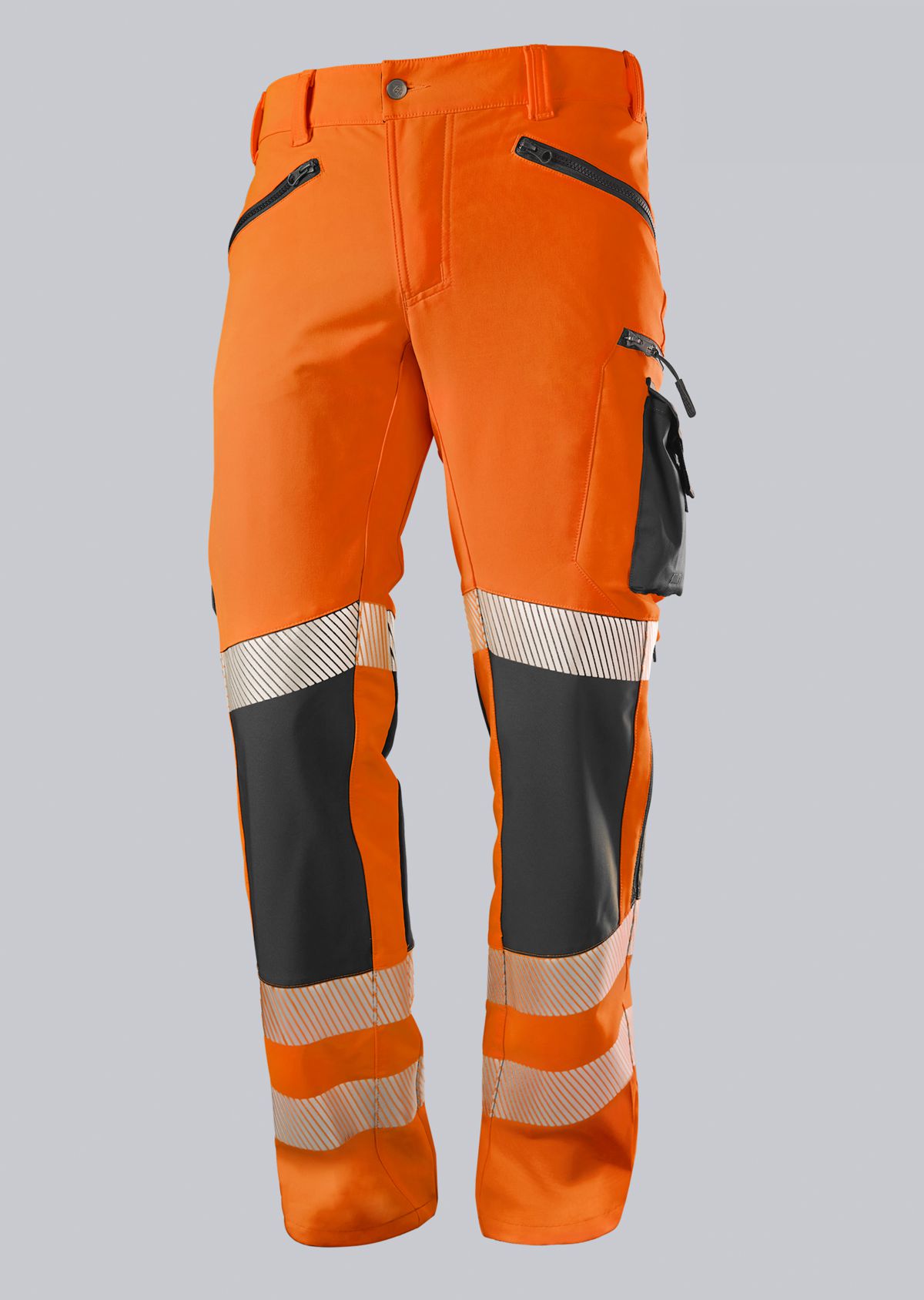
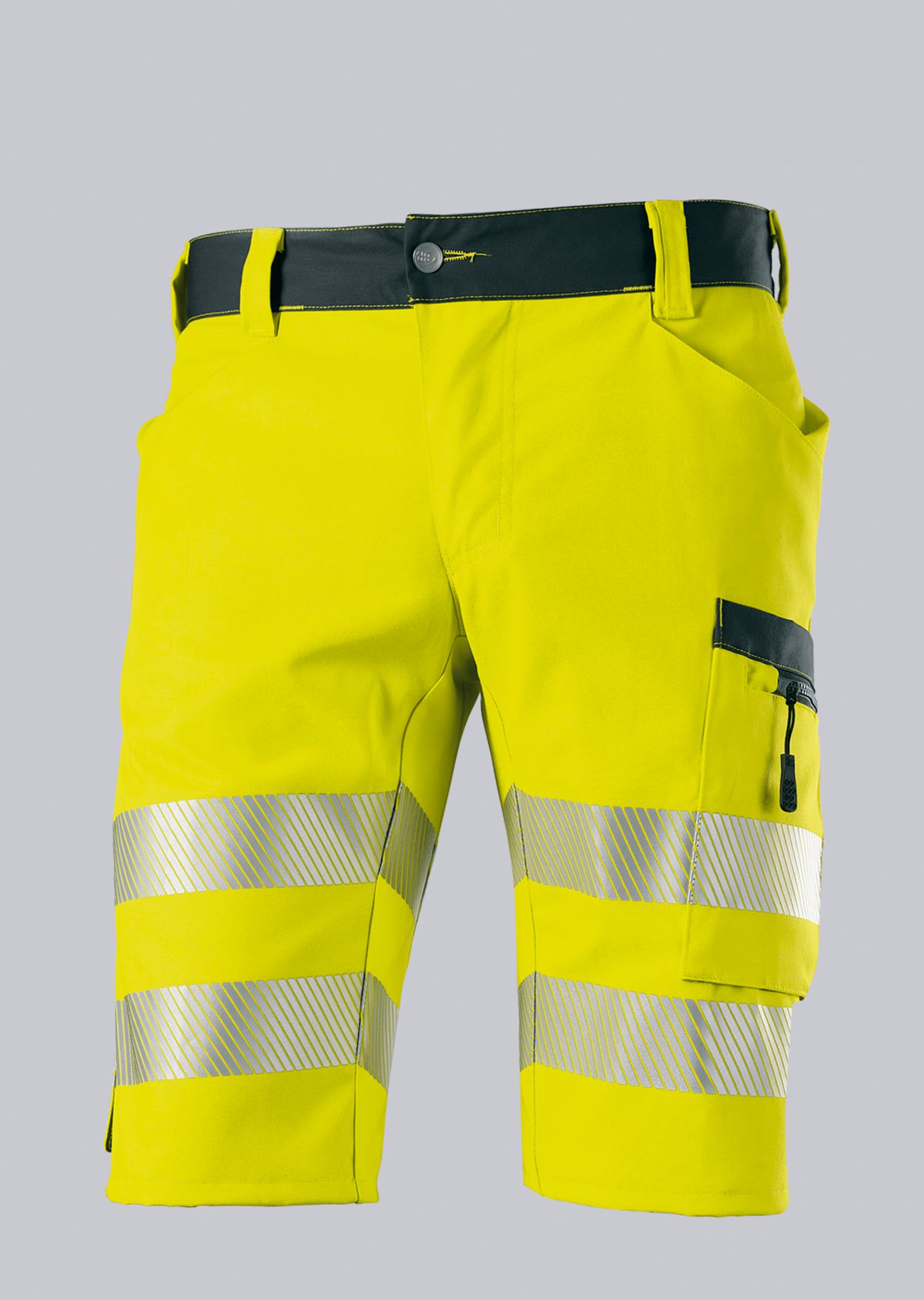
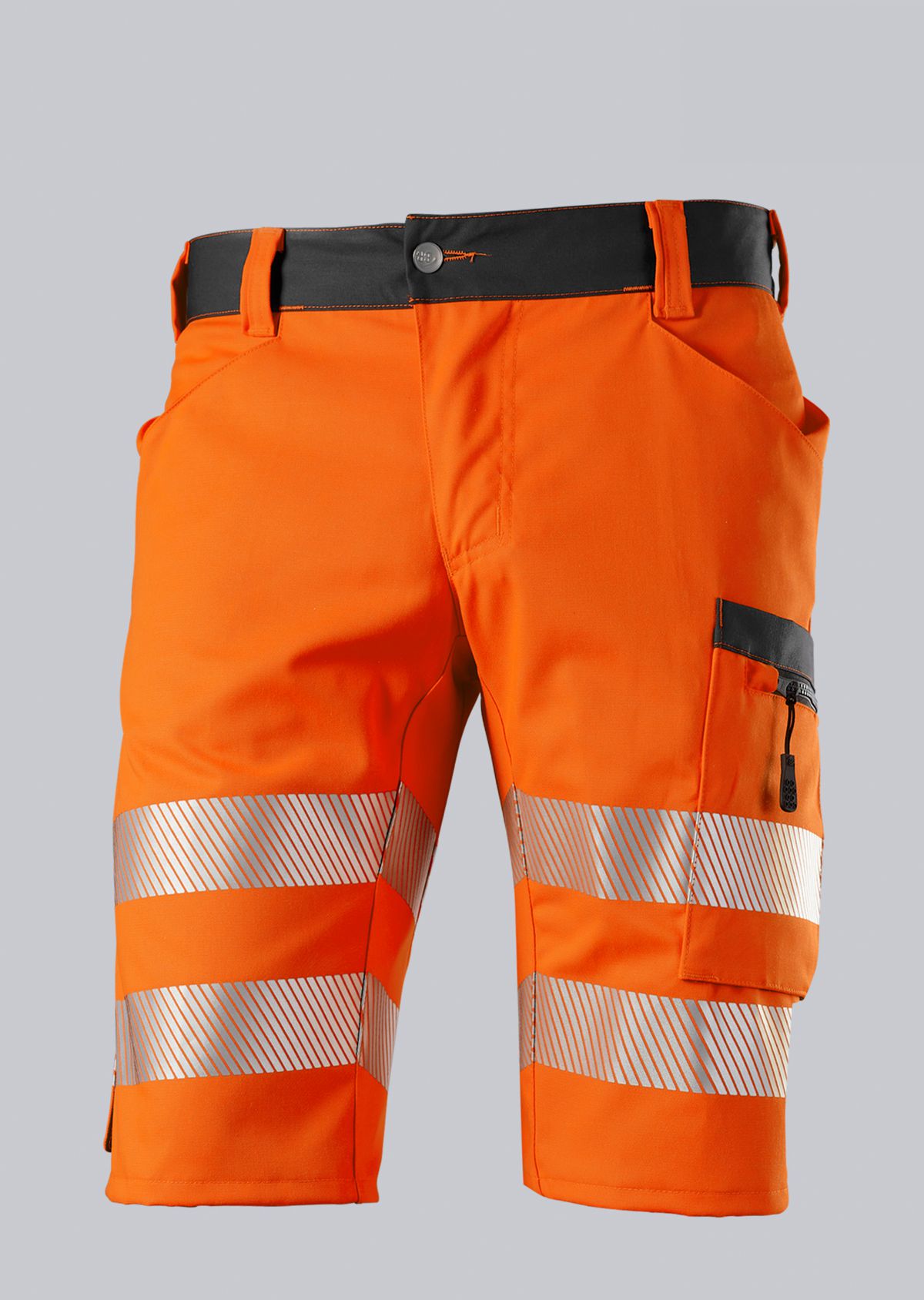
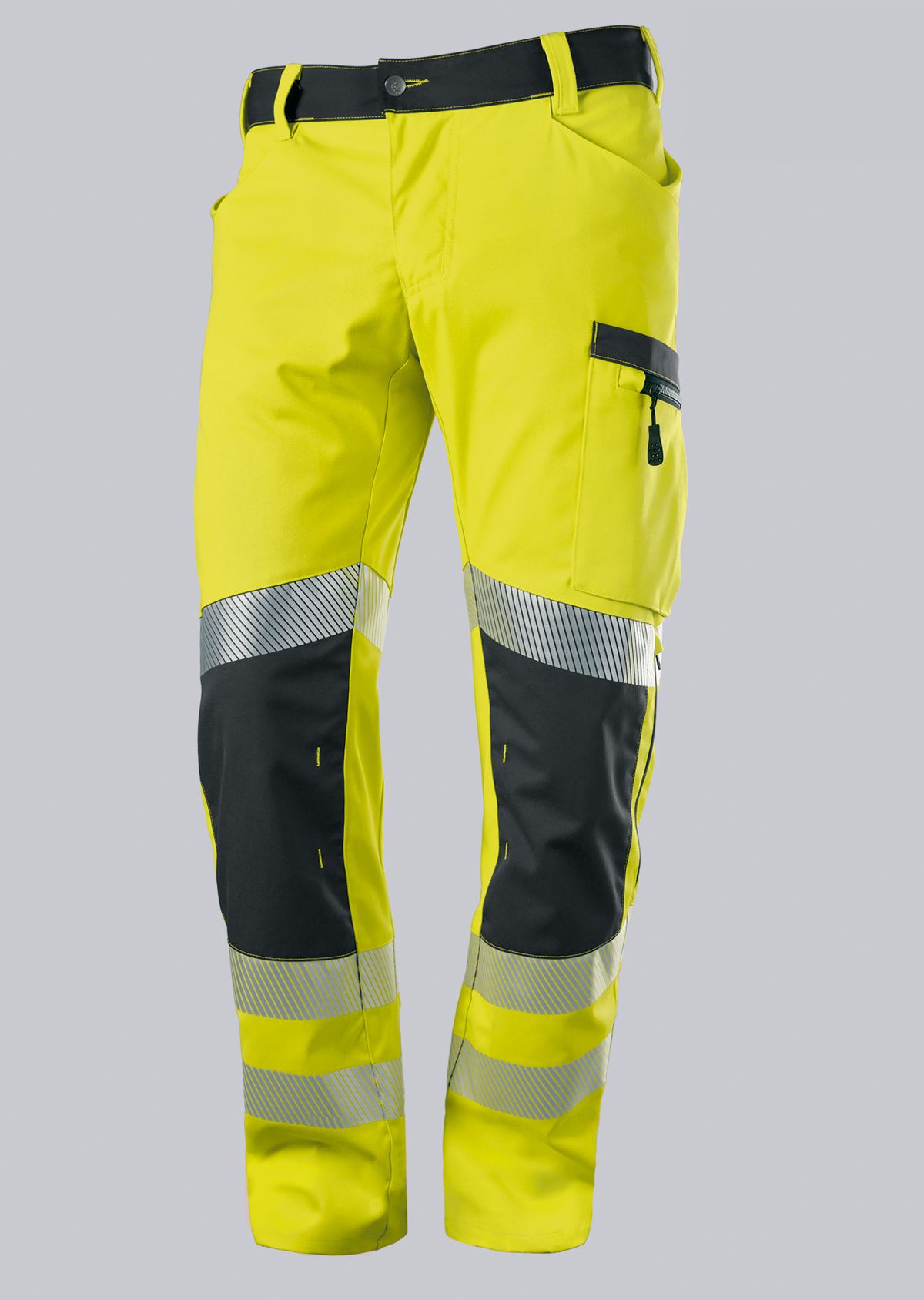
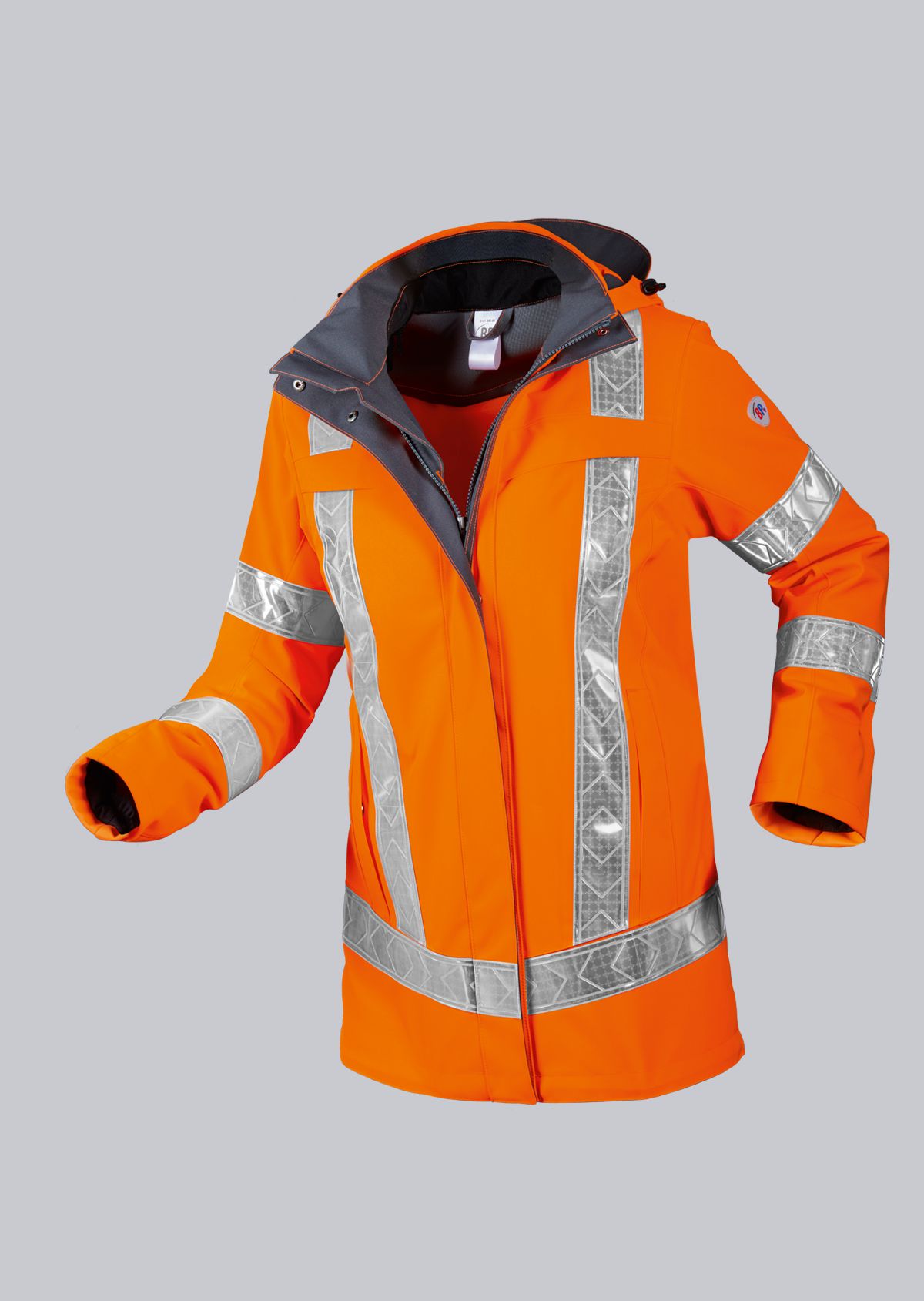
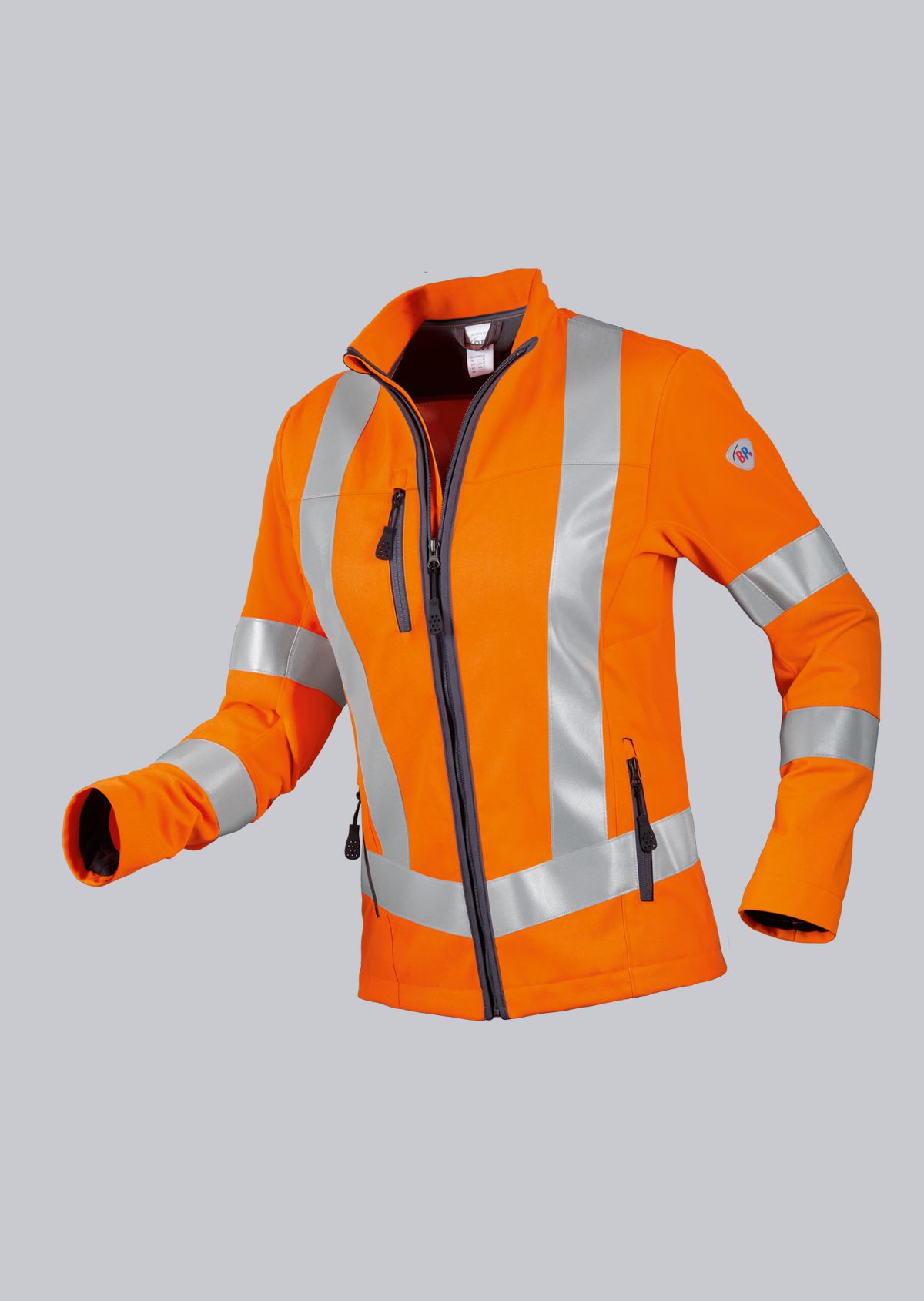
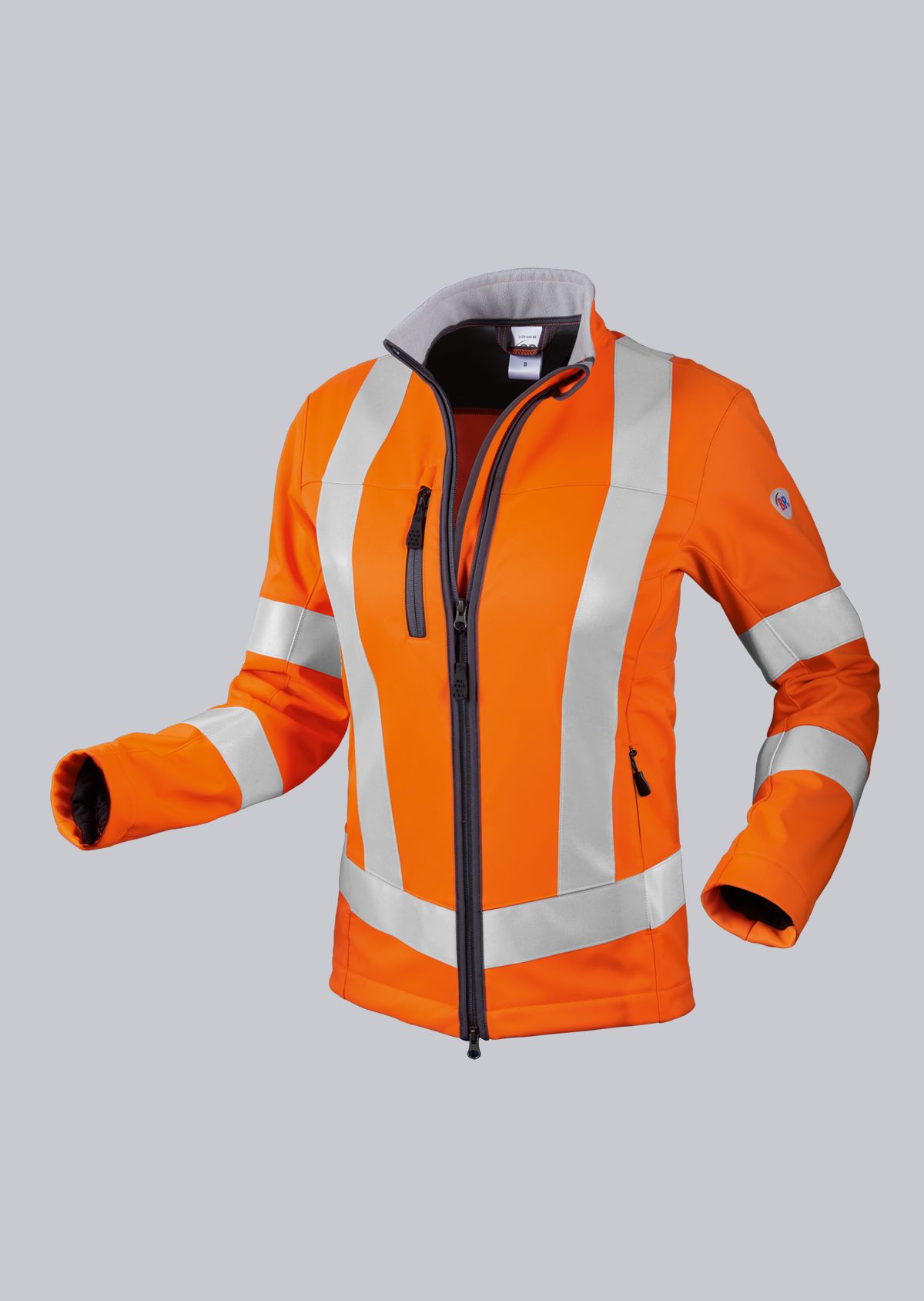
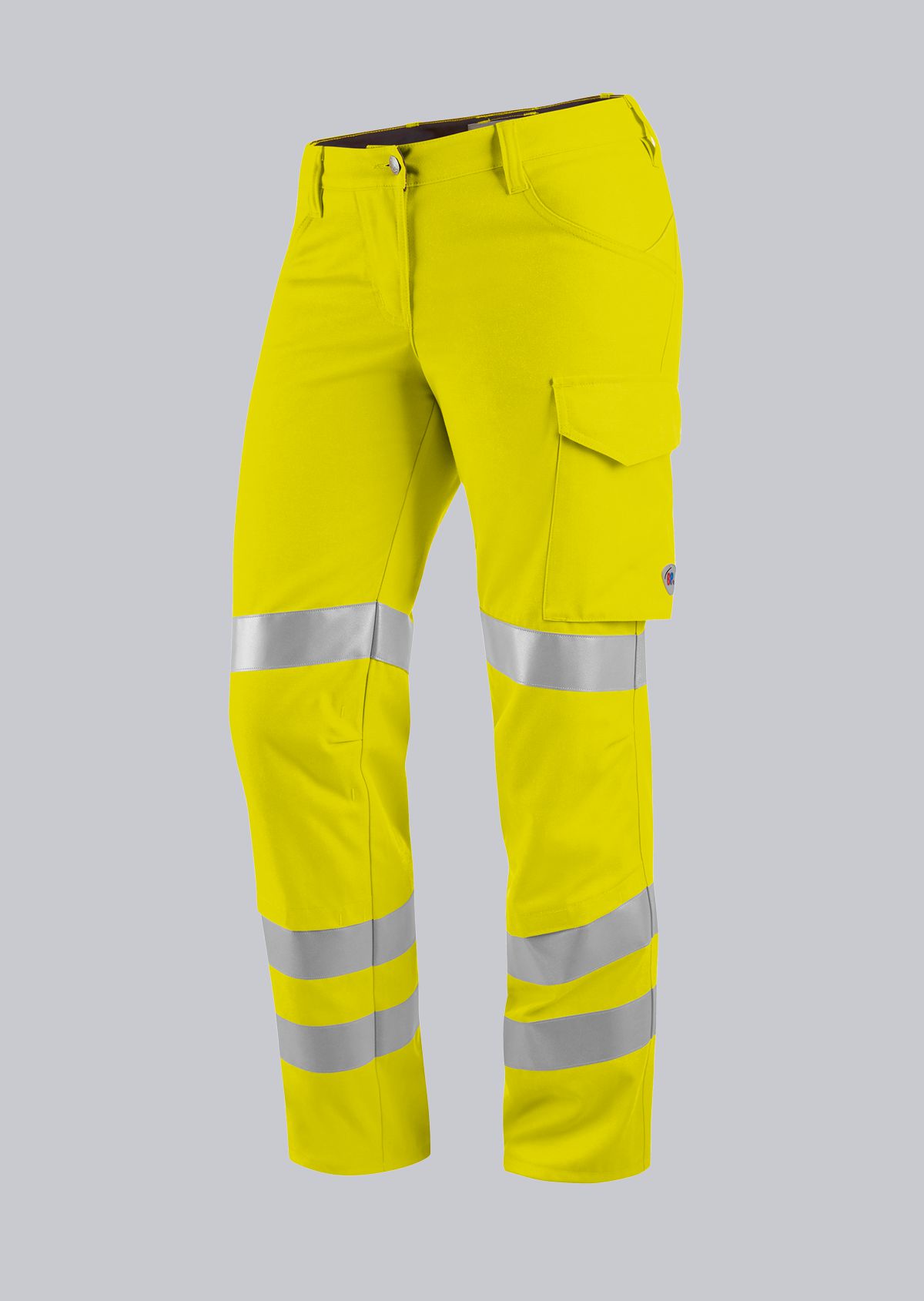
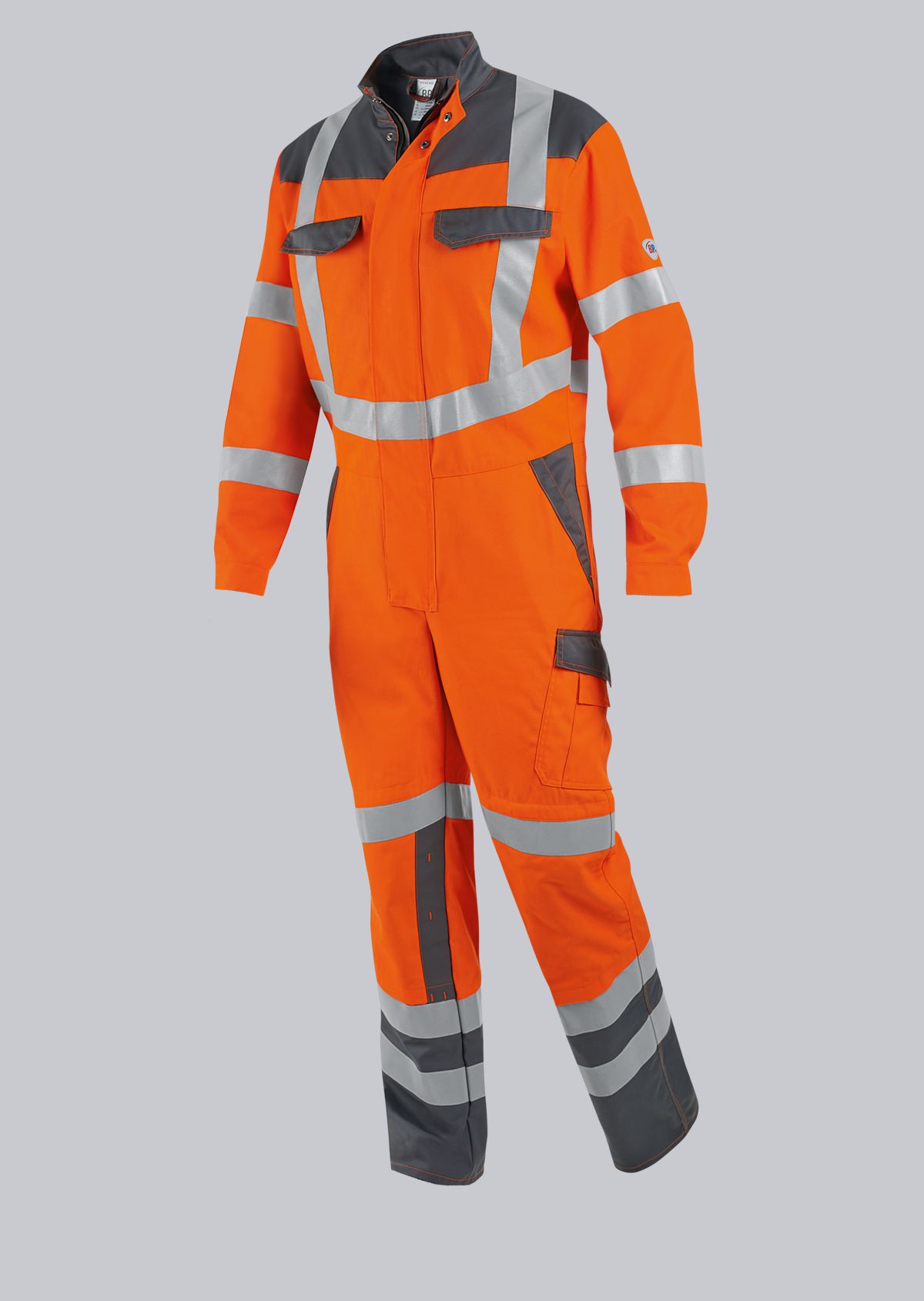
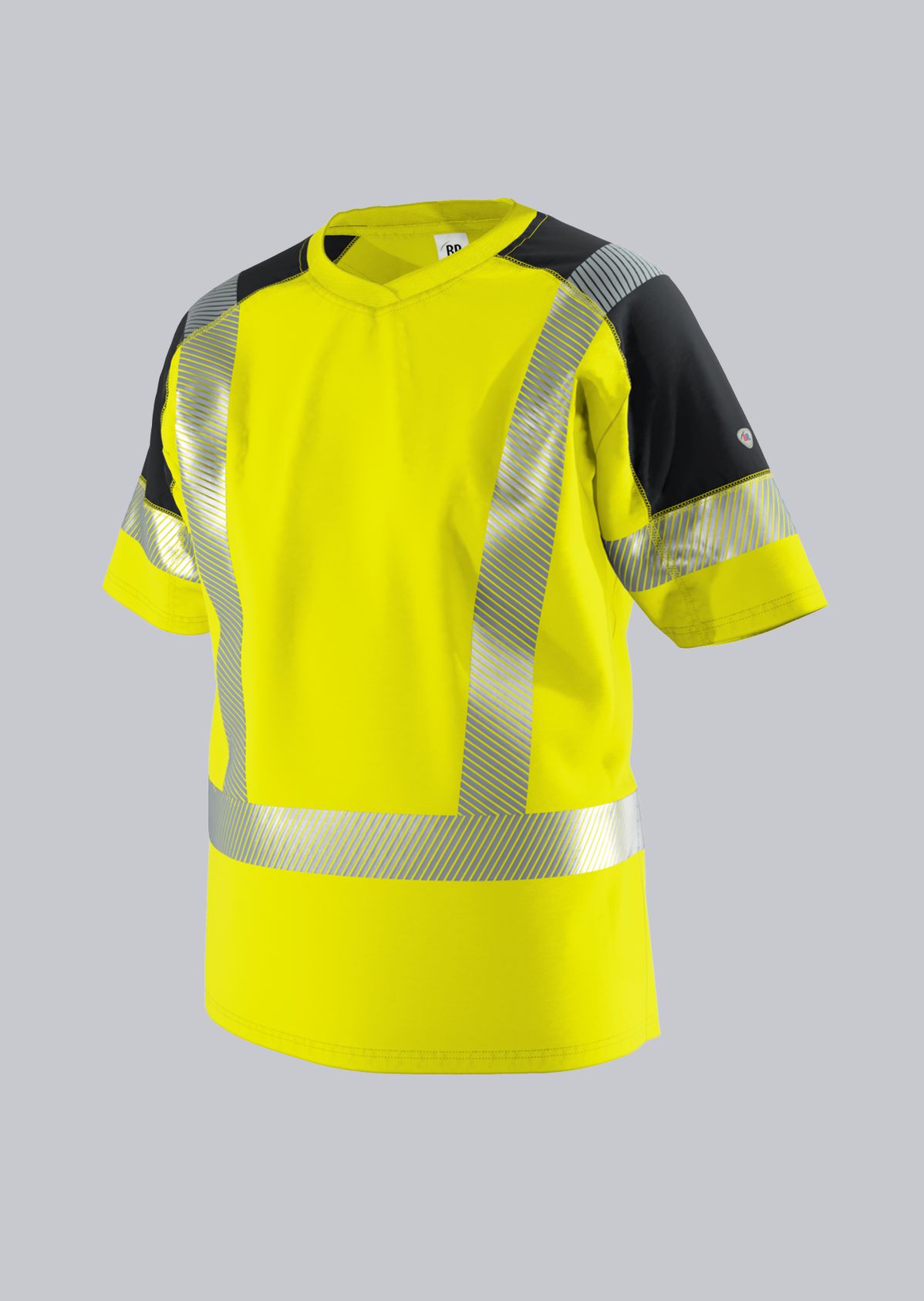
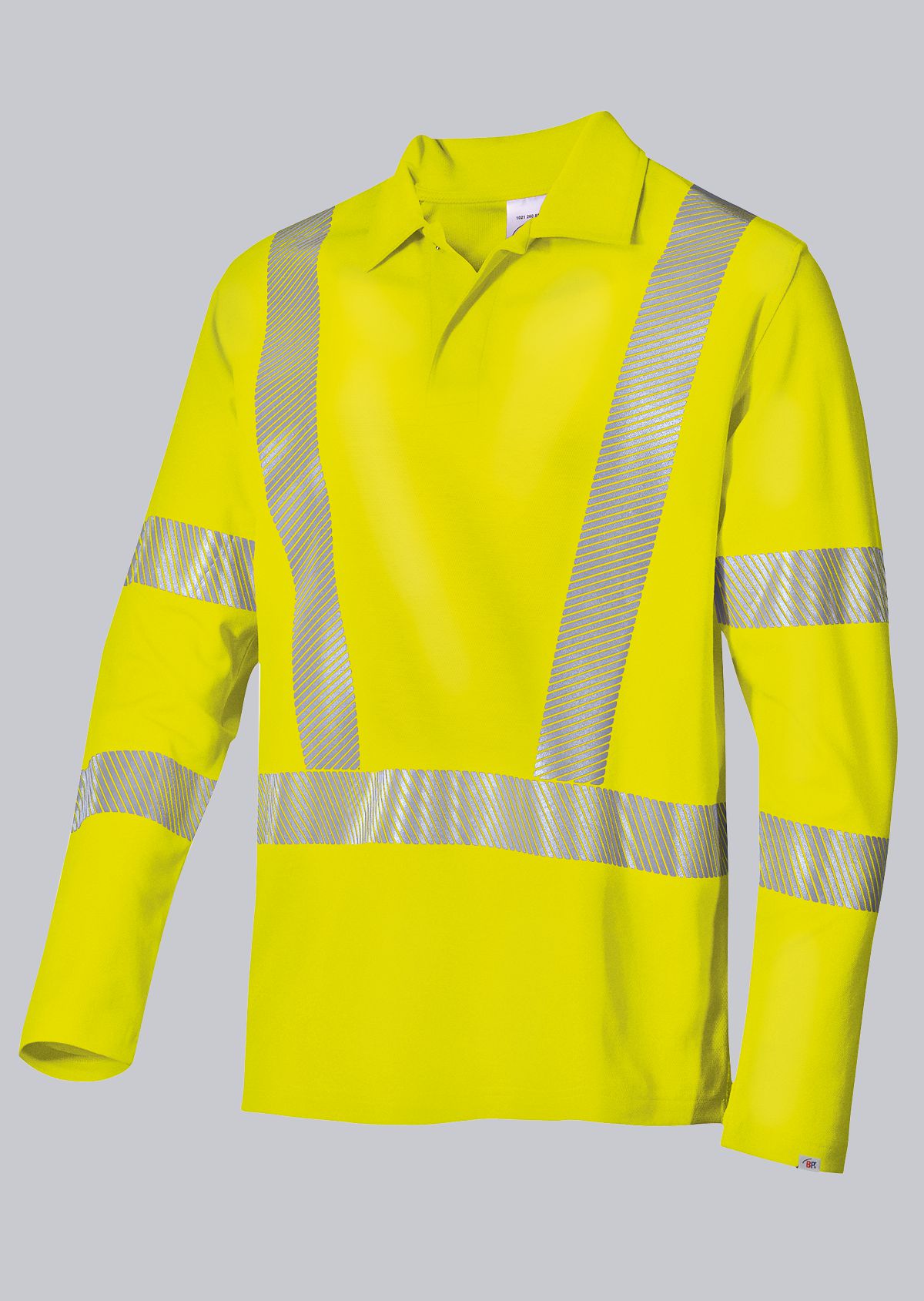
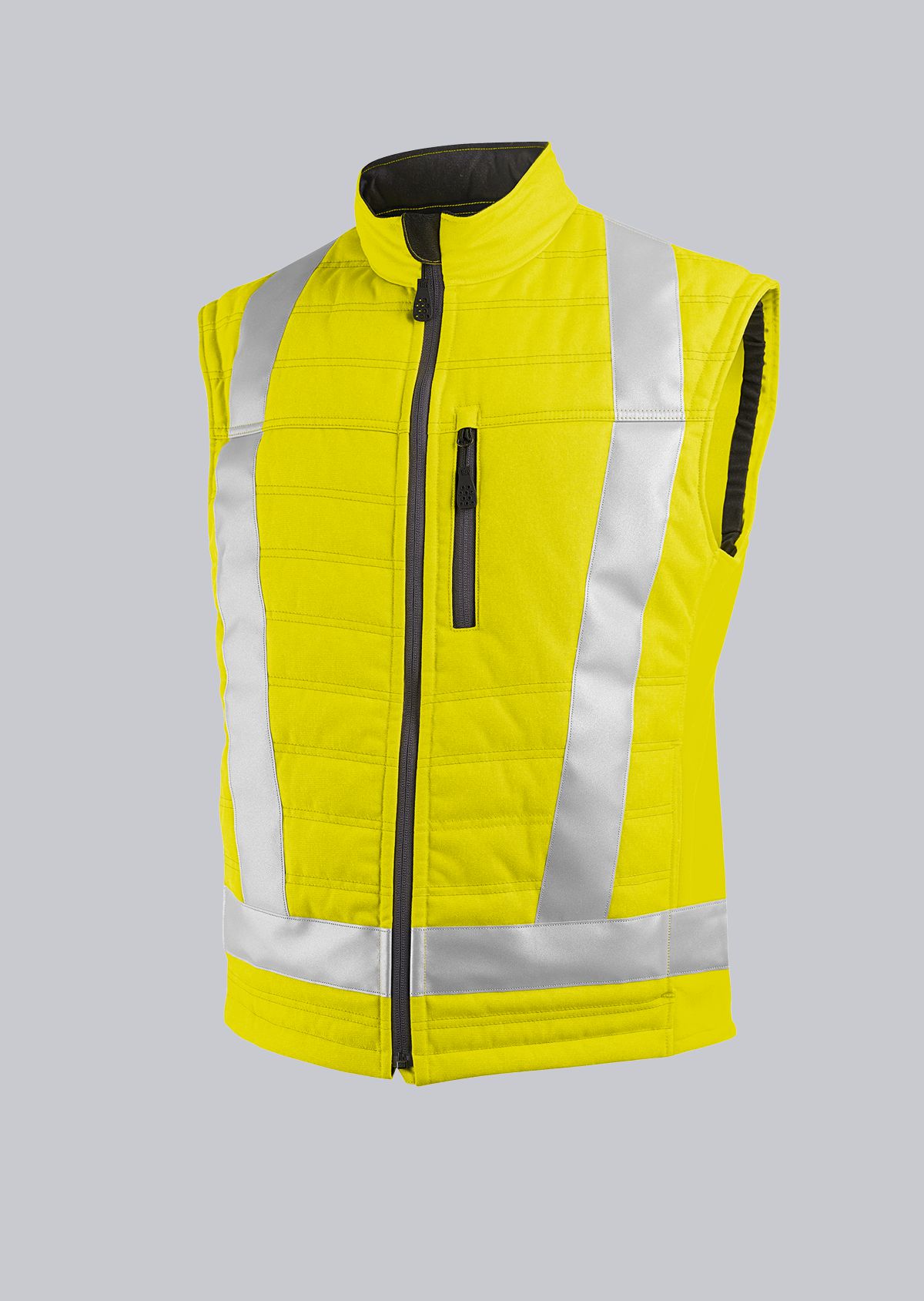
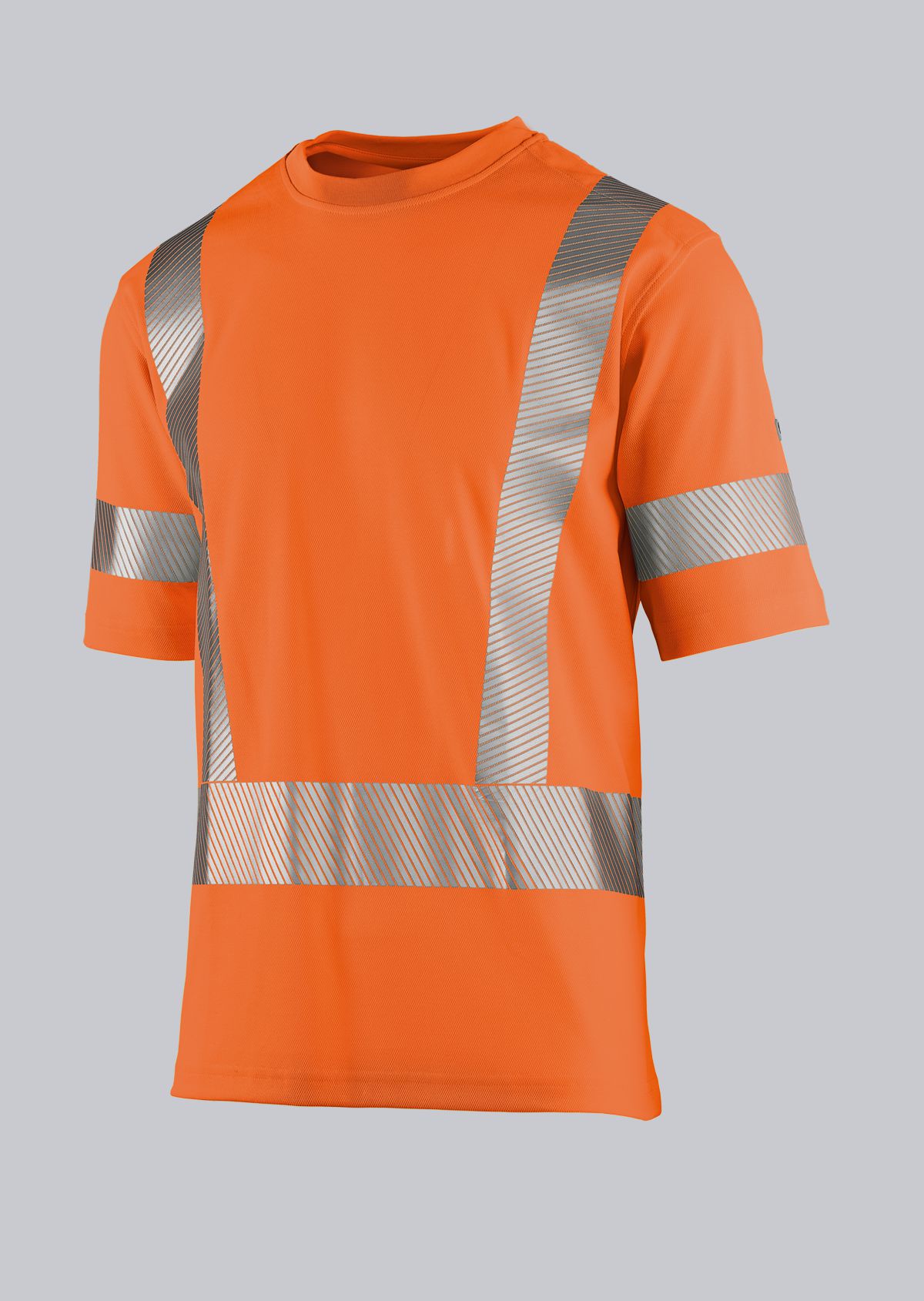
.jpg)
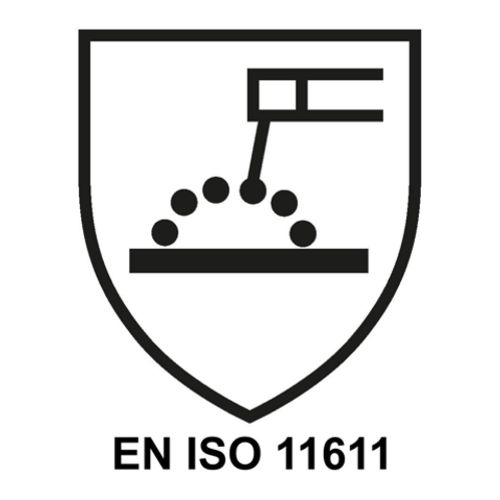
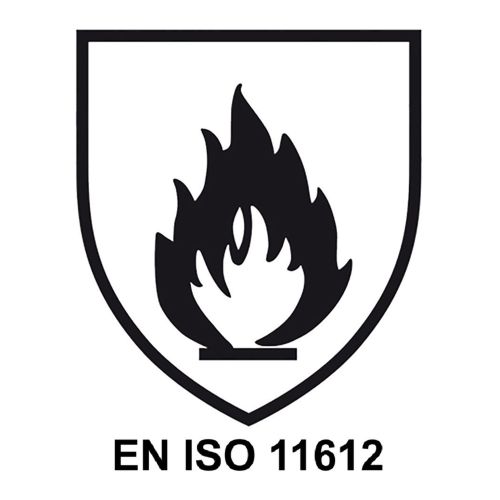
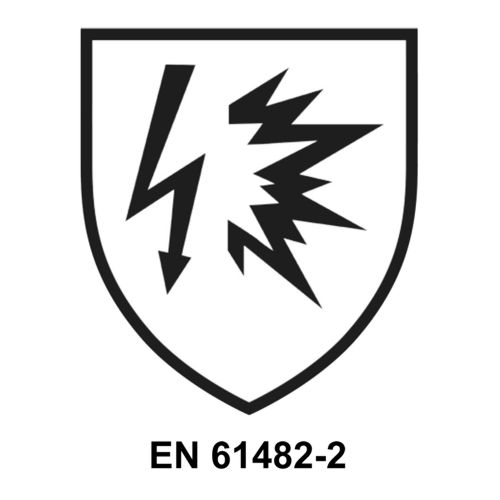
.jpg)
.jpg)